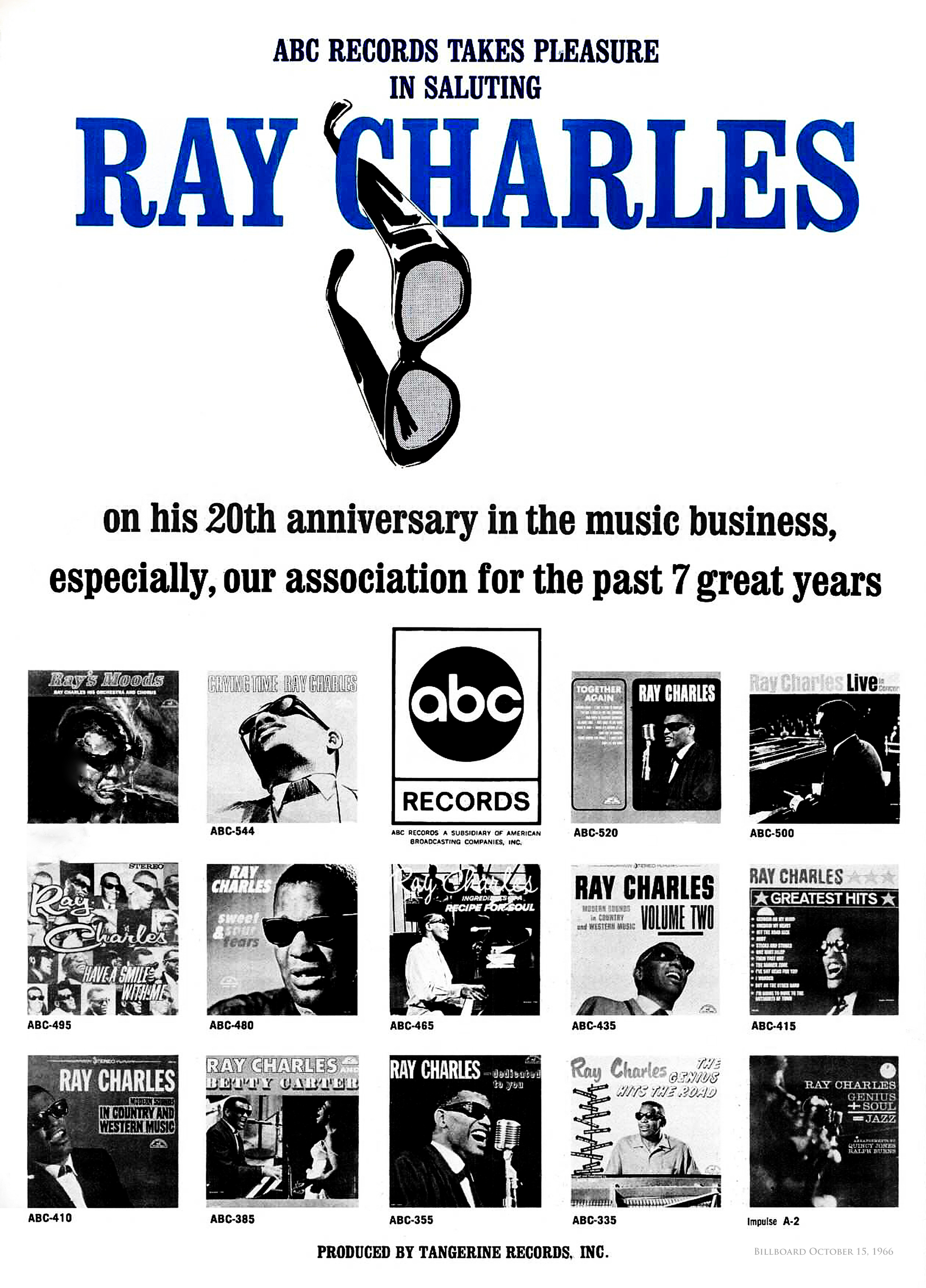
On your mobile device? Tap on image. Open to second window. “Stretch” image across your device screen to magnify for largest print view.
![]()
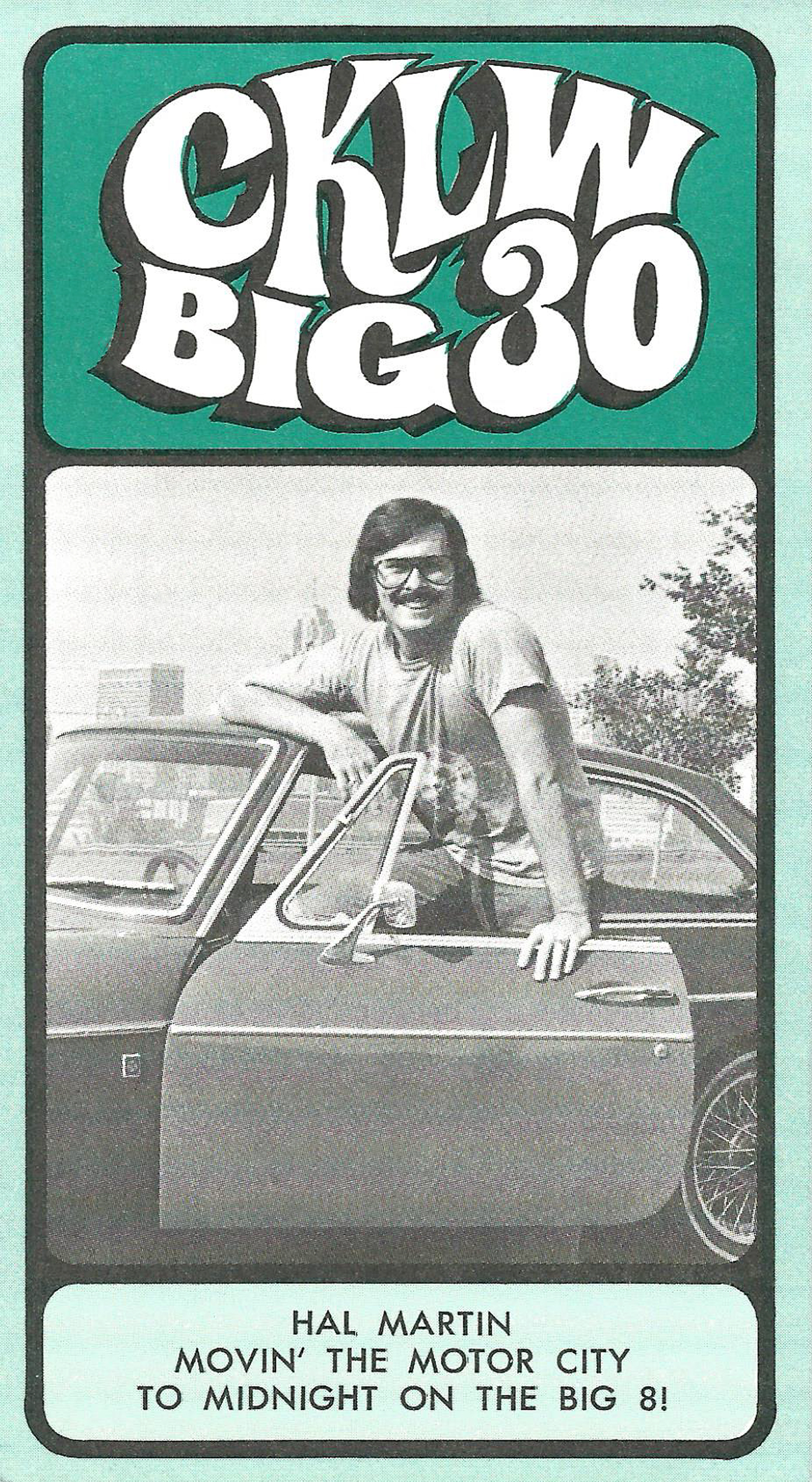
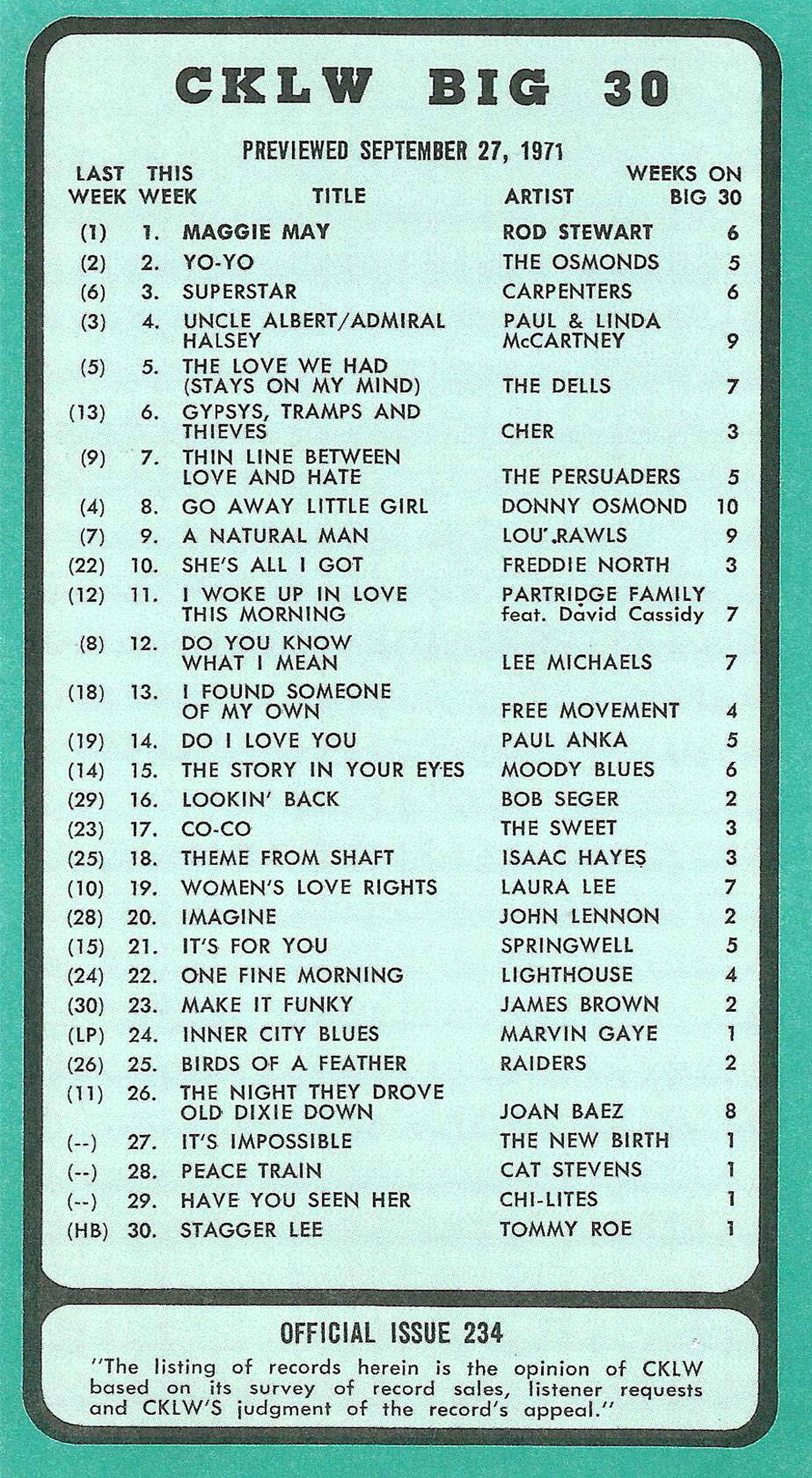

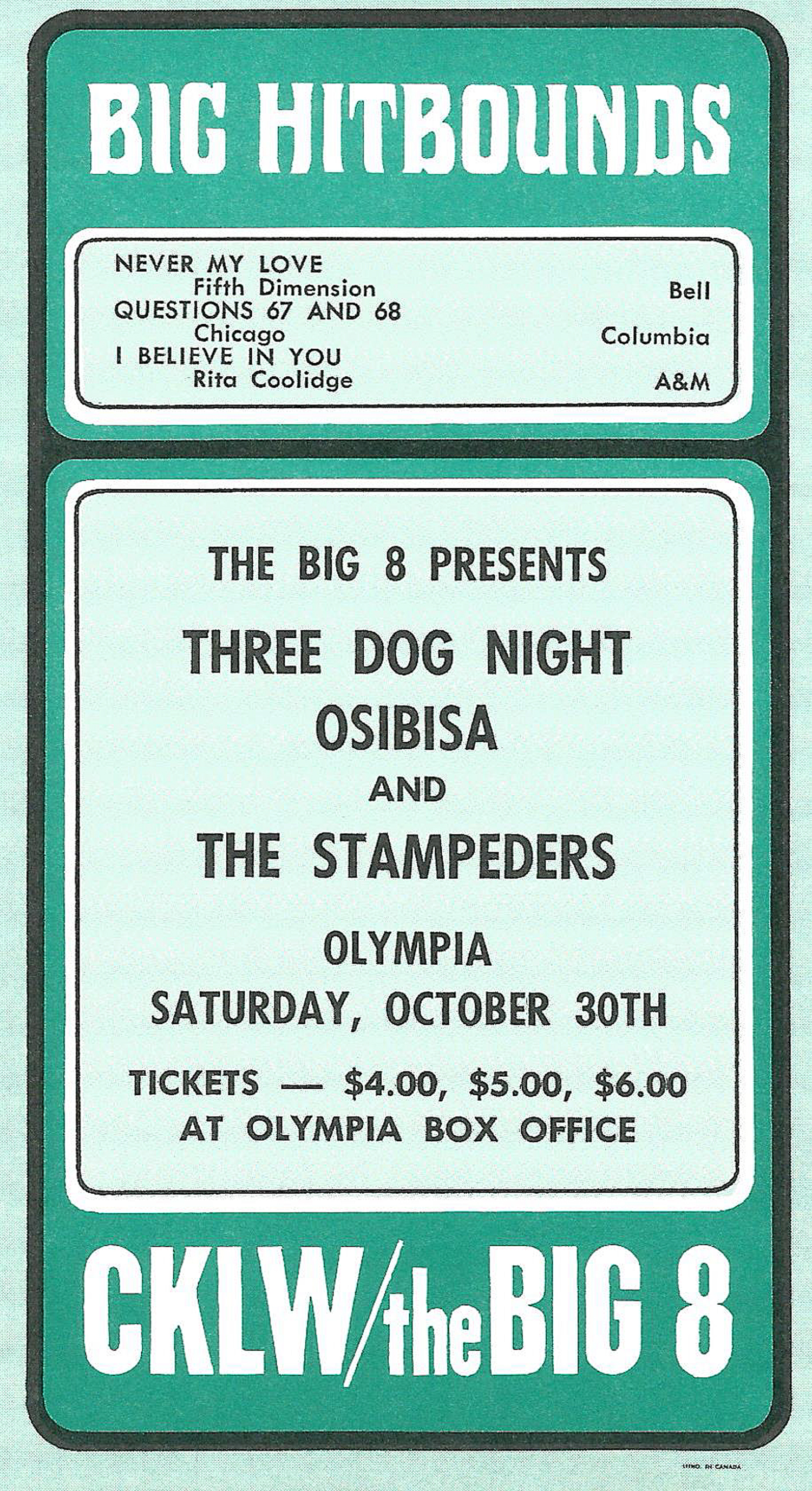
___
The CKLW BIG 30 hits in Windsor/Detroit. This survey was tabulated overall by record popularity appeal, sales, listener requests and record airplays based on the judgement of CKLW Radio.
Previewed for the week of September 27, 1971
On your mobile device? Tap over chart image. Open to second window. “Stretch” image across your device screen to magnify for largest print view.
On your PC? Click on all chart images 2x for largest print view.
— In Memory of George Griggs —
___
Above CKLW music chart courtesy of Mrs. Patti Griggs and the George L. Griggs estate.

![]()
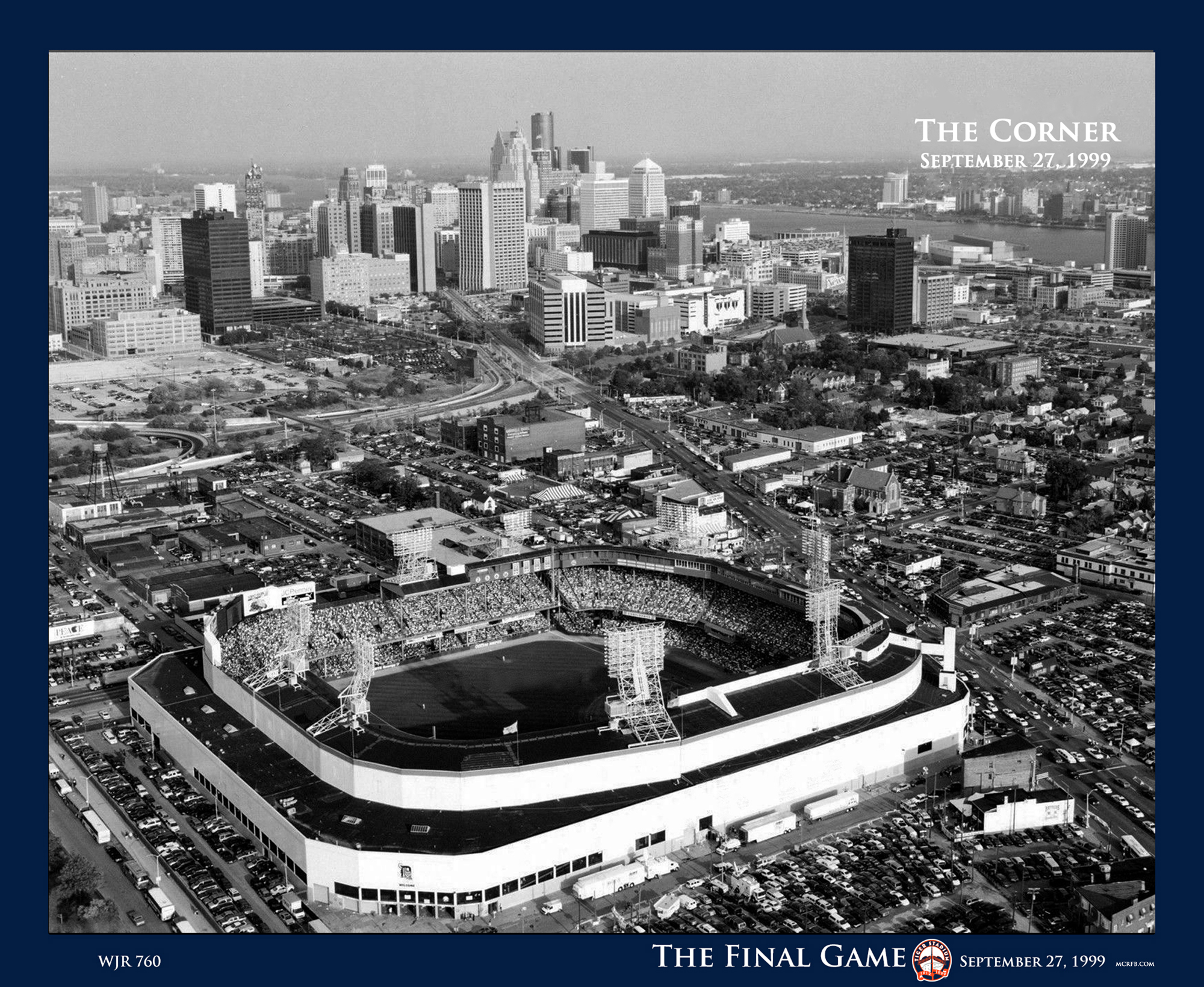
THE COMPLETE GAME FINALE * September 27, 1999 * 760 WJR [A]

By Bill McGraw and David Megoya
_______________
The Corner rocked.
Music blared everywhere. So many flashbulbs were popping at times Monday that it seemed as if the Beatles were taking the stage. Strangers talked baseball to strangers.
On the final day at Tiger Stadium, fans staged a festive wake for the old ballpark that featured heavy nostalgia, 65 old-time players and a rooftop grand slam.
The daylong celebration concluded with an emotional ceremony in which groundskeeper Charlie McGee dug up home plate with a pickaxe and took the precious cargo in a motorcade across downtown to the new Comerica Park.
Moments later, a cast of former Tigers took their old positions to loud applause and participated in a ceremonial lowering of the stadium flag.
The evening ended with many of the 43,356 fans standing at their seats, piano music playing over the public address system and the lights slowly going dark for the final time. As some fans daubed tears from their eyes and other beamed wide smiles, beloved announcer Ernie Harwell bid farewell to one of the most historic piece of baseball real estate in America.
“Tonight, we must say goodbye,” Harwell said, “So long old friend. We will remember.”
Cheers for players, stadium
The game highlight was Robert Fick’s based-loaded home run that slammed into the roof in right-field and bounced back into the field. The blast iced the game for the Tigers, and Fick, hardly a household name in the game, was signing autographs well into the night.
After the game, fans grew hoarse cheering for the former Tigers who entered the field from centerfield for the closing ceremony as music from “Braveheart” played. First to appear was Mark “The Bird” Fidrych, the sensation of the mid-1970s who ran to the pitcher’s mound and scooped dirt into a plastic bag.
Players who received some of the loudest cheers were hometown favorites Willie Horton, Kirk Gibson and Ron LeFlore. Fans also screamed for Alan Trammel and Lou Whittaker, Gates Brown and Al Kaline. Some fans seemed stunned to see some long-forgotten heroes as Jim Bunning, Eddie Yost and Charlie (Paw Paw) Maxwell.
“Awesome, just awesome,” gushed Richard Coriaty, 36, a former Detroiter who traveled from Fontana, Calif. for the game.
Coriaty swept his hand toward the field, where the players assembled, dressed in the plain white uniforms with the old English D on their chest. “You know, of all the . . . things that have happened in this city, the one thing we all have in common is those guys out there.”
And the old building that became our field of dreams. END
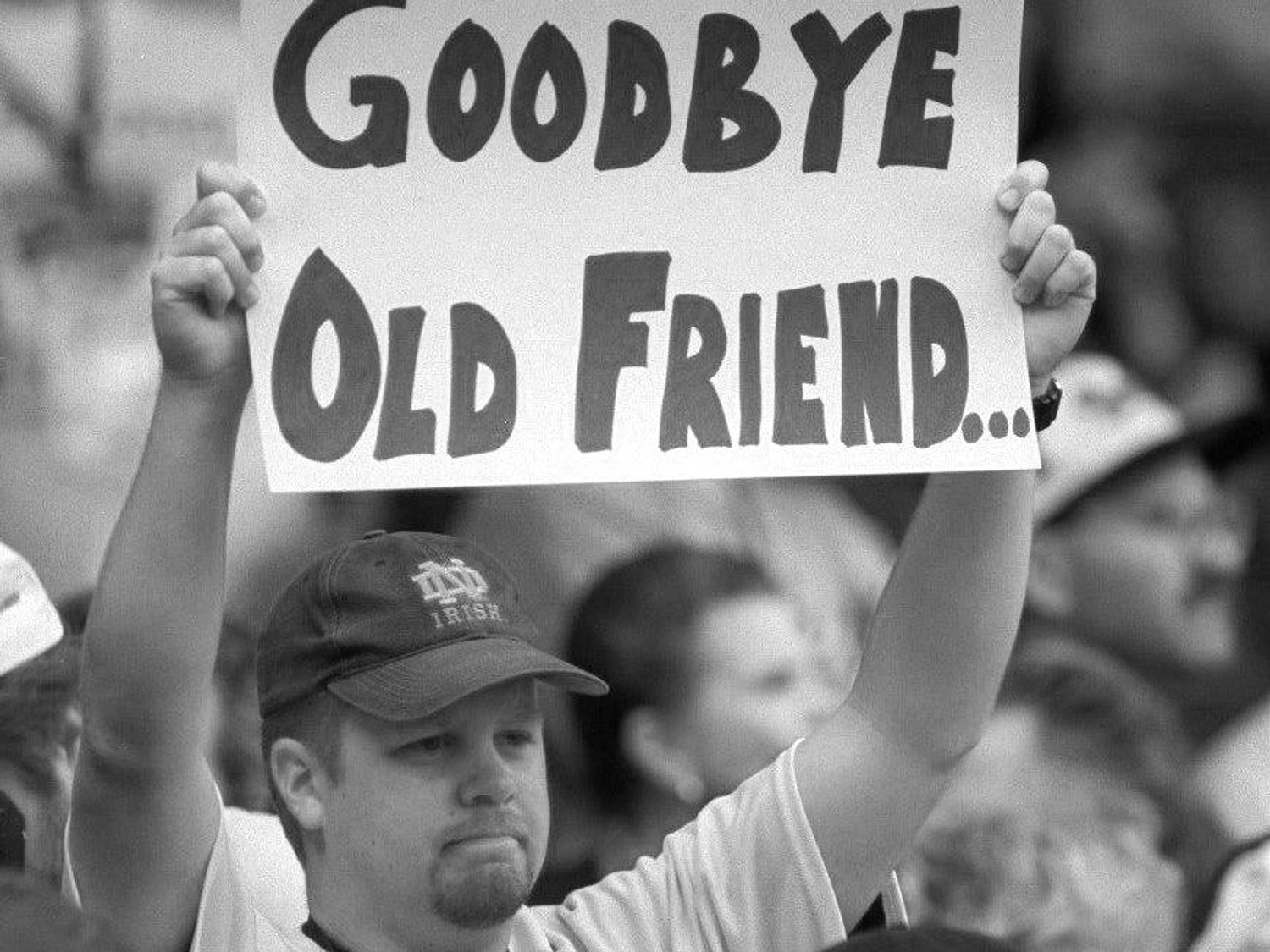
 — Detroit Free Press | Tuesday, September 28, 1999 —
— Detroit Free Press | Tuesday, September 28, 1999 —
Note: The above article was condensed for this presentation. The article appeared on the front-page of the Detroit Free Press, as dated.
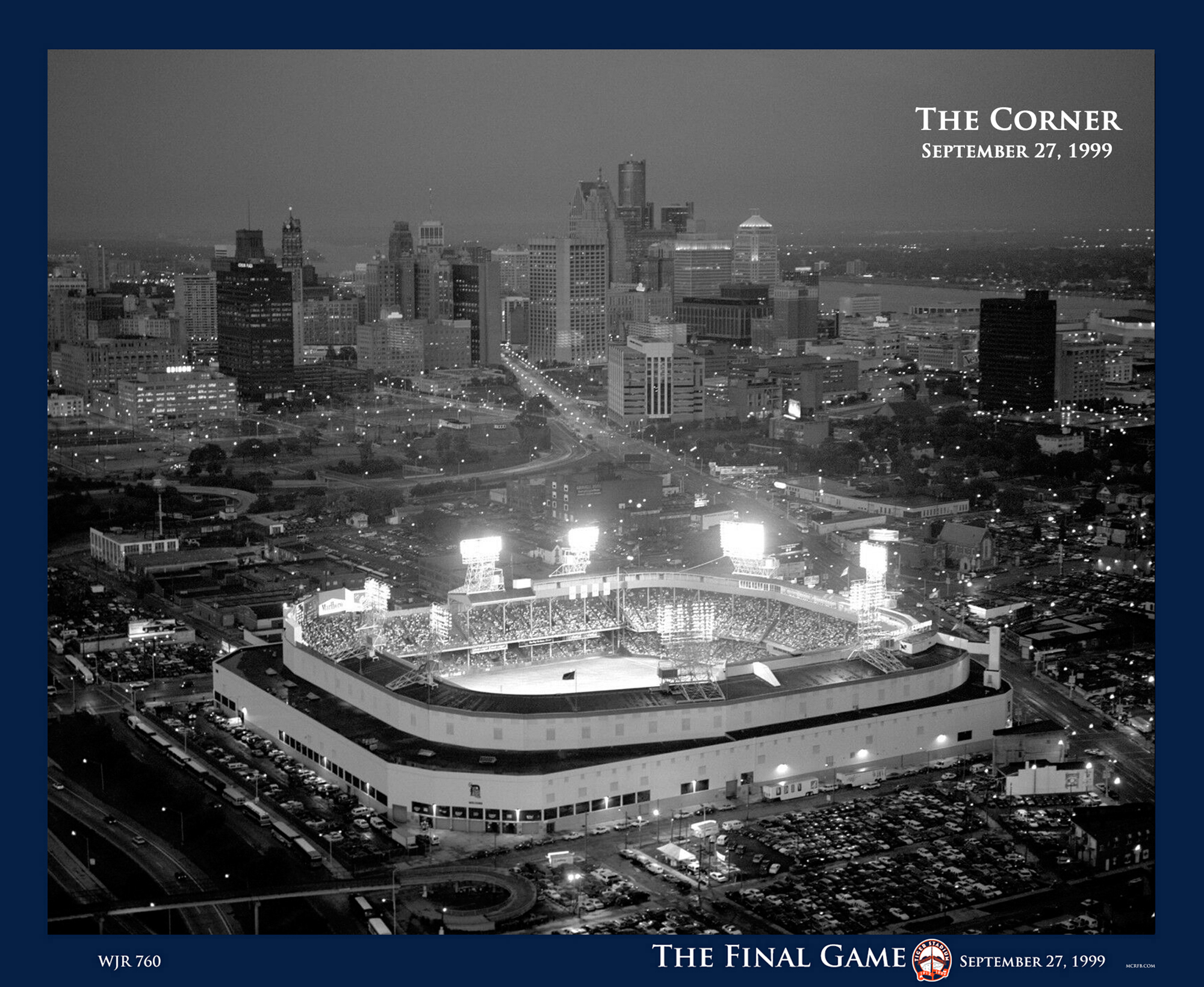
THE COMPLETE GAME FINALE * September 27, 1999 * 760 WJR [B]

— THE FINAL GAME at TIGER STADIUM —
Motor City Radio Flashbacks presents today the entire ‘Last Game at Tiger Stadium’ as was aired on WJR 760.
Well aware of the stadium’s historic, long anticipated closure scheduled for that day, this author recorded the historic last game and kept (sealed) the 3 tapes ever since — 20 years now having passed.
In 2013, fourteen years after the game was recorded the tapes were played for the very first time. Found to be in remarkable pristine sound at first listen, the recordings were then transferred to CDs (and as back-ups) to preserve and retain the original source.
This past July, I reprocessed the CD files to digitized mp3 format for today’s featured presentation. The entire game (and files) will be archived on this site at a future date.
Comprised of over 5 and a half hours of recorded tapes, you will hear: the entire pre-game ceremonies; the pre-game show; the entire ball game; the post-game show; the entire post-game ceremonies.
You will hear the play-by-play voices of Ernie Harwell and Jim Price. The voices of Dan Dickerson; Paul W. Smith; Steve Courtney; Bo Schembechler; George Kell; Frank Beckmann; Al Kaline; Mike Illitch; Mayor Dennis Archer; Governor John Engler; Baseball Commissioner Bud Selig.
Also (former Tiger manager and Tiger players) Sparky Anderson; Willie Horton; Brad Ausmus; Jeff Weaver; Francisco Cordero (and former ’30s-’40s Tiger great) Elden Auker.
_______________
In commemoration of the closing of Tiger Stadium, Motor City Radio Flashbacks presents the complete game finale — Kansas City vs. Detroit — as was played at the Corner, Monday, September 27, 1999. Twenty years ago today.
A special day in Tiger history.
— ACKNOWLEDGEMENT —
A special THANK YOU to Charlie O’Brien for his assistance in editing these recordings.
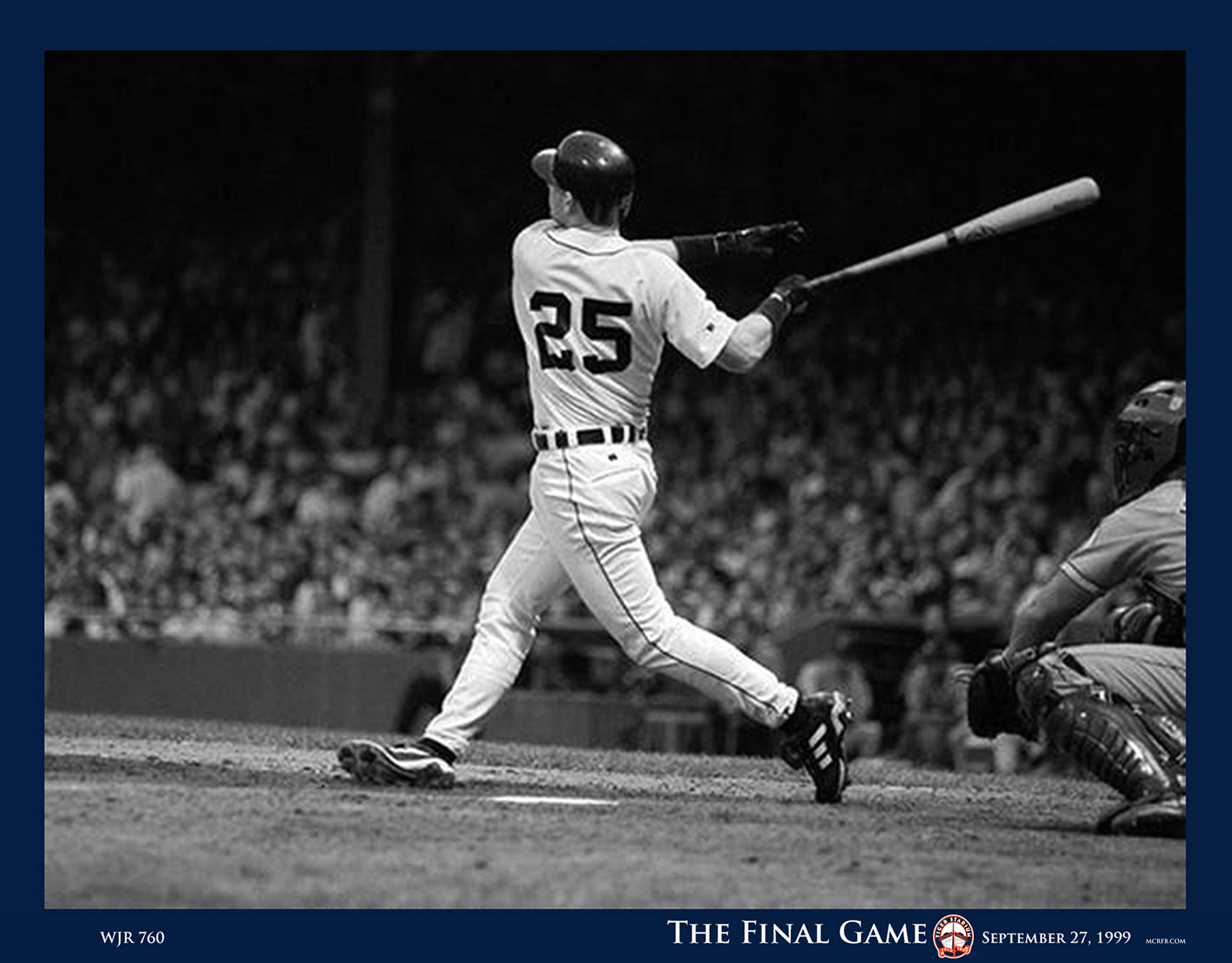
THE LAST HOME RUN * Ernie Harwell * SEPTEMBER 27, 1999

— ABOUT THESE IMAGES —
Above newspaper images courtesy from the freep.com newspaper archive. Copyright 2019. Newspapers.com.
The above featured images was ‘clipped,’ saved, and imaged from the credited source by Motor City Radio Flashbacks
— A VIEWING TIP —
To fully appreciate the above featured newspaper images on your PC click on image(s) 2x and open to second window. Click image anytime to return to NORMAL image size.
If viewing on your mobile device, tap over newspaper images. Open to second window. “Stretch” images across your device screen to magnify detailed view.
All images posted in this featured presentation was created in their presented form by the author.
All newspaper images courtesy of the Detroit Free Press
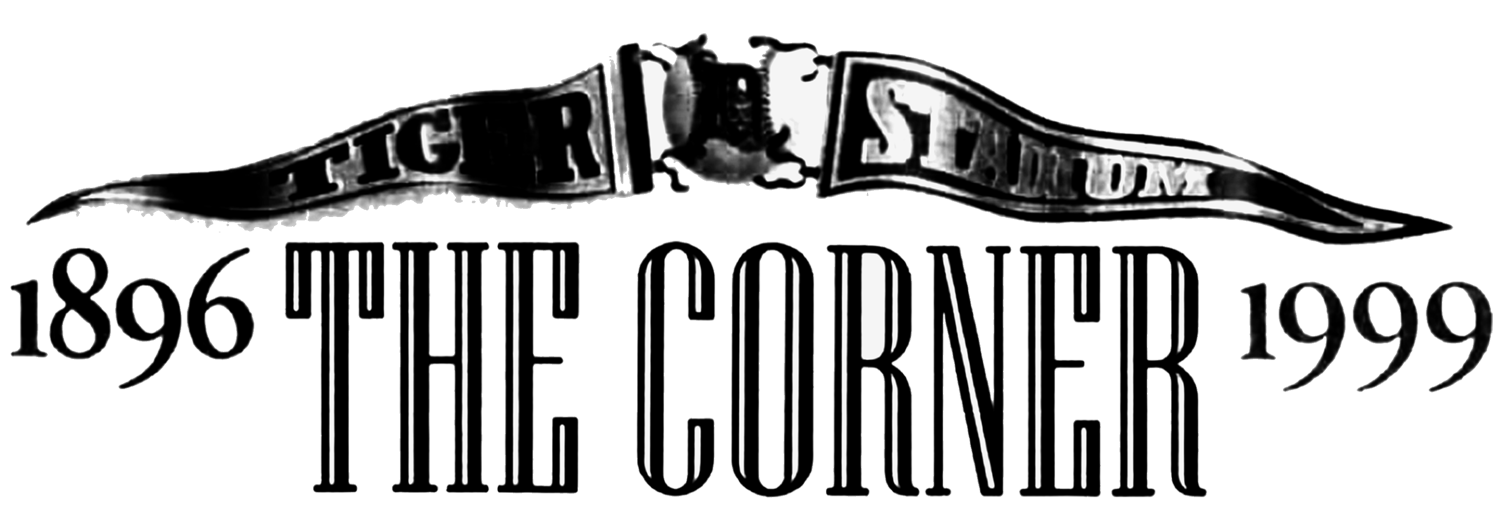
_______________
The Pre-Game Ceremony
Prior to the final game at Tiger Stadium, a ceremony was held. It was emceed by then current Tiger broadcaster and Ford C. Frick Award recipient Ernie Harwell. At the ceremony, owner Mike Ilitch spoke along with then Michigan governor John Engler, then Detroit mayor Dennis Archer and Commissioner of Baseball Bud Selig. Also featured at the ceremony was longtime Tiger right fielder and Hall of Famer Al Kaline.
Instead of both managers exchanging lineups before the game, both clubs appointed honorary captains. Representing the Tigers was Al Kaline and representing the Royals was former MVP and Hall of Fame third baseman George Brett.
The Post-Game Ceremony
The game ended at 7:07 pm. The grounds crew then surrounded home plate. Groundskeeper Charlie McGee, using a pick axe, dug up home plate at 7:13. It would then be transported by Tiger pitchers Matt Anderson, Jeff Weaver, and Francisco Cordero, with police escort, to Comerica Park.
Ernie Harwell then read a history of Tiger Stadium accompanied by music from the movie Field of Dreams. He introduced a film containing images of such Tiger legends as Ty Cobb, Sam Crawford, Hughie Jennings and Harry Heilmann. In addition, the Tigers Hall of Famers were honored: Heinie Manush, Mickey Cochrane, Charlie Gehringer, Hank Greenberg, Hal Newhouser, George Kell, and Harwell.
Following remarks from Willie Horton and former manager Sparky Anderson, there emerged from the center field gate players from times past, including Mark Fidrych, Bill Freehan, Dick McAuliffe, Dave Bergman, Mickey Stanley, Willie Horton, Kirk Gibson, Cecil Fielder, Al Kaline, the combination of Alan Trammell and Lou Whitaker, and Elden Auker. A line was formed from the center field flagpole to home plate, along which was passed the flag that had flown from the pole in dead center over the finale.
After Auker passed the flag to catcher Brad Ausmus, players threw souvenirs into the stands as some reached over and put dirt from the warning track into plastic bags. It was at this time that Harwell gave his final goodbye: “Tonight, we say good-bye . . . Farewell, old friend Tiger Stadium. We will remember.”
At 8:19, the scoreboard was shut off. At quarter to nine, a final team picture was taken, and by 9 the stands were empty. As the last of the fans left, a sign was hung on the famous right-center field overhang which read: “Today, there is crying in baseball. So long, old friend.”
(Source: ‘Final Game at Tiger Stadium‘; Wikipedia)
A TRIBUTE TO TIGER STADIUM * Mike Whorf * SEPTEMBER 27, 1999


![]()
 From the MCRFB desk of Jim Feliciano
From the MCRFB desk of Jim Feliciano
A RETROSPECT INTO THE MAKING OF A GREAT DETROIT BROADCASTING LEGEND and THE END OF A TOP 40 GIANT
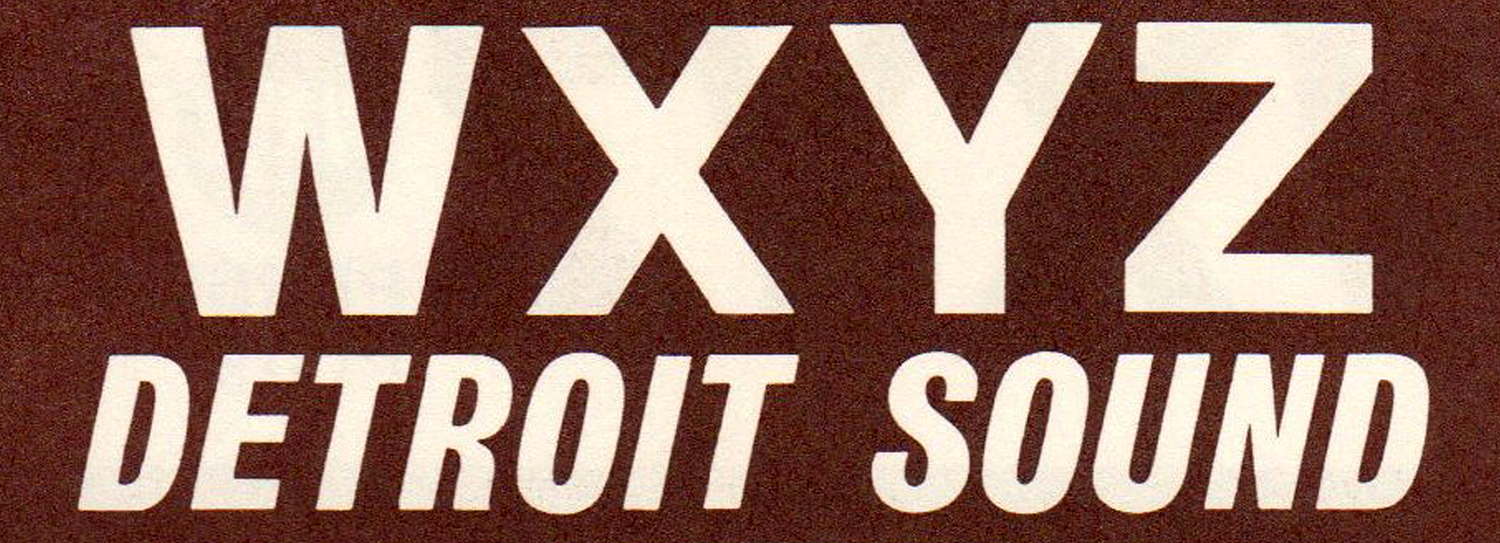
_______________
DETROIT, November 28 — WXYZ radio. A Detroit radio legend. Rich in history as one of the most storied and oldest broadcasting institution in Detroit or for that matter, the entire country. Eighty seven-years ago, according to Wikipedia, the station spawn birth in the Detroit area under the calls WGHP on October 10, 1925.
WGHP was once a charter member (of 16 stations) that aired the first CBS Radio Network program in 1927. The station was then sold in 1930 to the Kunsky-Trendle Broadcasting Company who changed the calls to WXYZ. By the mid-1930s, while still a standing member, WXYZ dropped out of the Mutual Broadcasting System and became a new affiliate for the NBC Blue Network radio group.
 In the 1930s and ’40s, WXYZ created and brought Detroit and the country great radio programming such as Eddie Chase‘s popular ‘Make Believe Ballroom’ and as well, serials such as the legendary The Lone Ranger, popularized nationally through Mutual affiliated stations after its premiere on WXYZ in 1933. Detroiters also tuned in on WXYZ for the latest thrilling adventures of The Green Hornet, The Challenge of the Yukon (tailored after dog personality Rin-Tin-Tin). These historic radio broadcasts were produced locally from the station’s annex-studios, located at the former Mendelson building on East Jefferson Avenue in Detroit. Earlier on, these entertaining WXYZ radio programmings were heard on many stations through the Mutual group across the U. S. and Canada. Immediately after the war years, in 1946, the station was sold and was purchased by the American Broadcasting Network in New York.
In the 1930s and ’40s, WXYZ created and brought Detroit and the country great radio programming such as Eddie Chase‘s popular ‘Make Believe Ballroom’ and as well, serials such as the legendary The Lone Ranger, popularized nationally through Mutual affiliated stations after its premiere on WXYZ in 1933. Detroiters also tuned in on WXYZ for the latest thrilling adventures of The Green Hornet, The Challenge of the Yukon (tailored after dog personality Rin-Tin-Tin). These historic radio broadcasts were produced locally from the station’s annex-studios, located at the former Mendelson building on East Jefferson Avenue in Detroit. Earlier on, these entertaining WXYZ radio programmings were heard on many stations through the Mutual group across the U. S. and Canada. Immediately after the war years, in 1946, the station was sold and was purchased by the American Broadcasting Network in New York.
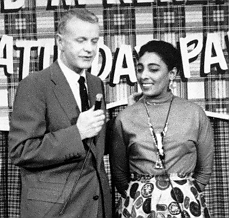
By the early 1950s, ABC and WXYZ brought out the best in quality programming in Detroit on the TV dial. Programs such as Wild Bill Hickok, Superman and The Cisco Kid. The Lone Ranger was still the big show on Thursday nights. Over on the radio dial, interspersed between network news and commentaries, music shows and local programming, WXYZ brought Detroiters Ozzie and Harriet, Corliss Archer and Big Time Boxing on Friday nights. Still prime on WXYZ radio since coming back to Detroit from New York in 1947 was Johnny Slagle. Slagle initially came over to Detroit (WXYZ) from Cleveland in 1935. And WXYZ had the most popular disk jockey in all of Detroit during that time – both radio and TV — Ed McKenzie.
L e g e n d
But by the mid-’50s WXYZ was in search of it’s own identity with ideas for newer audience appeal. The station management impressed the ABC brass in New York to drop many of the local shows and transcend to a more modern sound. Now with new alternative moves towards capturing better ratings in the market, much of the old ABC network programming was being replaced while diverting some attention to the music of the times. The added new voices on 1270 became the newest household names. Paul Winter, Micky Shorr and Jack Sorrell with his jazz-themed ‘Top Of The Town.’ It was a bold move which proved successful. Now riding on its new-found successes, WXYZ evolved into playing more of the mainstream pop hits, rock ‘n’ roll and current popular album themes being played around the country in the modern radio era.
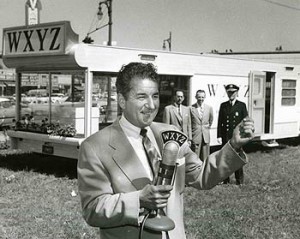
By 1958, there was a strict playlist with a more contemporary music format to follow. No longer were the deejays allowed to play whatever they wanted to play. Another page in Detroit radio history had been turned. WXYZ was to become the first ABC-owned radio station to play Top 40 hits (or then labeled as ‘Formula Radio’) in the entire country.
The top 40 formula at WXYZ was now growing in popularity on the Detroit radio dial. Now heading forward well into the early 1960s, the 1270 top 40 notables would comprise of great air names as Fred Wolf; Joel Sabastian; Paul Winter; Steve Lundy; Don Zee; Fred Weiss; Dave Prince and Lee Alan. It was during this time WXYZ was then battling Storer-owned WJBK and RKO General’s CKLW for the Top 40 crown in the Motor City. During the earlier top 40 transition period some of the old radio names would leave WXYZ. Others remained. By this time WXYZ radio had begun its fierce battle going full force head-to-head for top ratings going against Detroit’s top-rated WJBK 1500. Having gained ground, WXYZ and WJBK at times found themselves into a virtual ratings tie vying for the top 40 title on the dial, seemingly, with no end in sight.
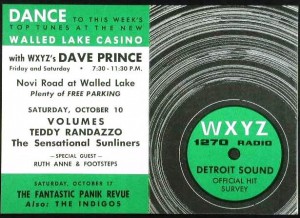
By then WXYZ radio held down a huge Detroit audience over the competition for market share. Radio 1270 became the hottest commodity on the radio dial for local music venues and dance entertainment. No. 1 in the ratings, they became a heavy influence for record sales in Detroit. The station’s playlist now comprised mostly the nation’s most popular records from the Billboard charts, and by 1962 WXYZ was center stage of what was happening in and around town. There was the legendary broadcasts from the Walled Lake Casino, Club 182 and more . . . and on the television side Club 1270 was gaining Detroit audience popularity as Joel Sabastian and Lee Alan introduced the hottest WIXIE hits on WXYZ-TV.
By early 1963, after coming on board the ABC-owned and operated station in February the previous year, Lee Alan, with the “Lee Alan Show” was by then pulling in a phenomenal 40 per cent share of the Detroit audience during the early evening and night time hours, according to a 1963 Hooper radio survey. Lee Alan. The name itself would come to be one of the most popular and recognized names ever in ’60s Detroit radio history.
M o r e T o p 4 0 Y e a r s – T h e ‘ 6 0 s
But by late-summer of 1964, WJBK was out of the Top 40 business. The ABC-owned station now found itself heavily competing against WKNR and CKLW for a greater market share they once dominated in recent years. Joel Sabastian left WXYZ for the Windy City that year. Lee Alan left momentarily, came back again, this time working in the WXYZ television studios. By late-summer 1965, the veteran morning-broadcaster Fred Wolf left WXYZ for retirement. Wolf, never one for the new limitations or “restrictions,” had been with the station since the early ’50s. With Wolf’s exit, it was out with the older traditions the station seemed to have embodied throughout the many years previous.
WXYZ, under the direction of Chuck Fritz, the 37-year old general manager at the station since 1963, was by then re-structuring the station’s appeal for a younger audience. With the Fred Wolf era gone and out of the picture, Fritz extended his sights in search for a younger (but calmer, more contemporary) voice in filling the morning void. They found that voice in Marc Avery. He was hired with the hopes in retaining the older Wolf audience, while at the same time appeal to a younger audience being drawn to the “New Radio 13” popularity on the radio dial. The new “Keener Sound” was by then fast retaining the largest rise in total market share in Detroit radio history. By the latter part of 1965, there was several changes in the WXYZ line-up. The WIXIE drive was gearing forward with their biggest run against the competition in the Detroit top 40 market.

The WXYZ line-up in late 1965 consisted of some of the greatest radio voices heard on Detroit radio during that time. Marc Avery, 6-10; Steve Lundy, 11-2; Dave Prince, 2-6; Lee Alan, 7:15-10; Danny Taylor, 10-1; Pat Murphy, 1-6 AM.
But it was also during this time the station’s own commitment to recapture a higher market share, seemingly came to an impasse, a standstill in the ratings. But certainly not for any lack in trying. At the station, there were those who were beginning to feel their efforts moving forward for a larger audience share was by now, possibly, being hampered by all the network programming fed into the Detroit affiliate out of New York.
Here listed below is the ABC network programming line-up on WXYZ for a typical broadcast day, according to Billboard, July 17, 1965:
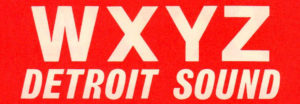 WXYZ: 5,000 watts. ABC affiliate. Music format: Contemporary. Editorializes twice a week. Highly-identifiable air personalities. Special programming: “Don McNeill Breakfast Club” 10-10:55 a.m. M-F. “Lou Gordon Comments,” 2-minute commentary, 6:25, 9:25 a.m., 12:05 p.m. M-W-F. “Call Board-Dick Osgood,” drama-critic with interviews, 9:30-10 a.m. Sun. Al Koski is in charge of 12-man news department, mobile units, Mini-Tapes.“Morning Reports” 6:55-7:05 a.m. M-F. “Assignment The World,” 1 and-a-half hours of news, sports, business, show world and special reports, 5:45-7:15 p.m. M-F.
WXYZ: 5,000 watts. ABC affiliate. Music format: Contemporary. Editorializes twice a week. Highly-identifiable air personalities. Special programming: “Don McNeill Breakfast Club” 10-10:55 a.m. M-F. “Lou Gordon Comments,” 2-minute commentary, 6:25, 9:25 a.m., 12:05 p.m. M-W-F. “Call Board-Dick Osgood,” drama-critic with interviews, 9:30-10 a.m. Sun. Al Koski is in charge of 12-man news department, mobile units, Mini-Tapes.“Morning Reports” 6:55-7:05 a.m. M-F. “Assignment The World,” 1 and-a-half hours of news, sports, business, show world and special reports, 5:45-7:15 p.m. M-F.
General manager Charles D. Fritz. Send 4 copies of 45’s and 2 copies of LPs to program director Bruce Still, 20777 W. Ten Mile Rd., Detroit, Michigan 48219. WXYZ-FM: ERP 27,000 watts. Simulcast with WXYZ-AM.
Also, according to the Billboard issue dated above, WXYZ was now ranked third at 22% below CKLW’s 34% and WKNR’s 44% share of the Detroit market overall, in that order. But on the side, there was still glimmers of hope. Despite the lowest ratings of the top 3, WXYZ’s The Marc Avery Show held the No. 1 pick for the mid-morning time-slot over Robin Seymour at WKNR, according to Billboard’s Radio Response Ratings in the same July 17, 1965 issue.
B e g i n n i n g O f T h e E n d
Moving into the new year in 1966, more changes were in the wind for WXYZ. Lee Alan, he was by now in line for program director by station manager Chuck Fritz. The suggested appointment for PD was approved by the ABC brass-heads in New York. Replacing Bruce Still, Lee moved into his new position in March of that year.
By then Steve Lundy headed out west to another ABC-owned station, in San Francisco. Under Alan’s tenure as new station PD, Pat Murphy would move up in the afternoon time-slot on WIXIE, from the all-night hours. Meanwhile, during a short stay in Cleveland in early 1966, Lee Alan discovered the sound of Joey Reynolds at WIXY. By April, after talking to Fritz that he should hire him immediately, Alan had Joey Reynolds making the move over to the Motor City.
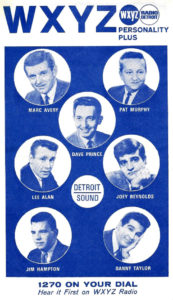
About this same time, Jimmy Hampton was hired as the new over-night personality on 1270. In April, Alan also brought back the Detroit Sound Surveys for record retail outlets scattered throughout the Detroit metro area, highlighting the best in top 40 music WXYZ could offer from Broadcast House. Lee Alan also had written, composed and produced the music for the new ‘Personality-Plus’ jingles package (click highlighted reference for audio) for the station’s new sound for 1966. The new jingles custom were produced in Chicago by Dick Marx Productions for Lee Alan and were beautifully sung for WXYZ by the famous Anita Kerr Singers. Management, the entire radio staff and Lee Alan, now as program director were convinced the right formula was now in place moving forward for 1966.
But by mid-1966, not much had changed for WXYZ during their battle for higher ratings in Detroit. According to the Billboard trade publication dated July 2, 1966, CKLW lost five percentage points from the year before. Now holding a 29% share, a year earlier they held a higher 34% in 1965. Still at second overall in 1966, 3 of the CKLW share percentage points went to WKNR, who gained 47 from a 44 previous. Meanwhile, WXYZ, gained two percentage points from the 5 CKLW lost within a year. By year’s end, WXYZ was now a slight 24 from the previous 22% they held in 1965. Yet, the station found itself still mired at third in the top 40 market.
But the “problem” about network programming was still there. For many at the station it only served as reminder who it was who still owned the station. Some had advocated openly to the station manager, Lee Alan among them, that network programming out of New York was “killing” the station. That it should be dropped. That in 1966 the listeners instead wanted more of the music. But pleas towards Fritz to persuade ABC in New York to drop network programming fell on deaf ears.
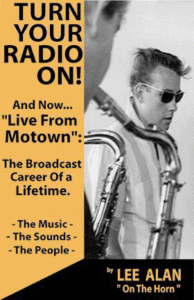
According to Lee’s book, entitled, “Turn Your Radio On,” during the battle for ratings in 1966, Alan stated, “I have to say that in despite Chuck Fritz’s and ABC’s stubborn refusal to kill the old network programs, and let us be the pillar sound we needed to be, to get back on top — boy, we gave it everything, everything we had. And we had a terrific time doing it.”
In concluding, Alan elaborated further, “I still had hopes that ABC would kill the breakfast club and that listener-chasing hour and 20 minutes of news, 6 O’clock – 5:55 – when all of a sudden Bill Drake came into town and did exactly what Joel Sabastian, Dave Prince and I, had pleaded with Chuck Fritz to do back in 1963.
Bill Drake came here, and turned CKLW into the BIG 8. Bill Drake made the BIG 8 happen. Did it against WKNR just the way we could of. Now we have both ‘CK and Keener to contend with. Instead of staying in the battle, Chuck Fritz and WXYZ were about to give up, were about to surrender. Martin and Howard were hired . . . the scene was set for the end. And it would unfold just as I had predicted.”
It was over.
After just two weeks going into 1967, it was apparent the top 40 run at WXYZ was finished, over and was done. By January’s end Lee Alan was gone. The format was changed. Martin and Howard was in, Joe Bacarella was the new program director and WXYZ was officially “Sound Of The Good Life.”
The end of a Detroit broadcasting legend. The end of an era.
_______________
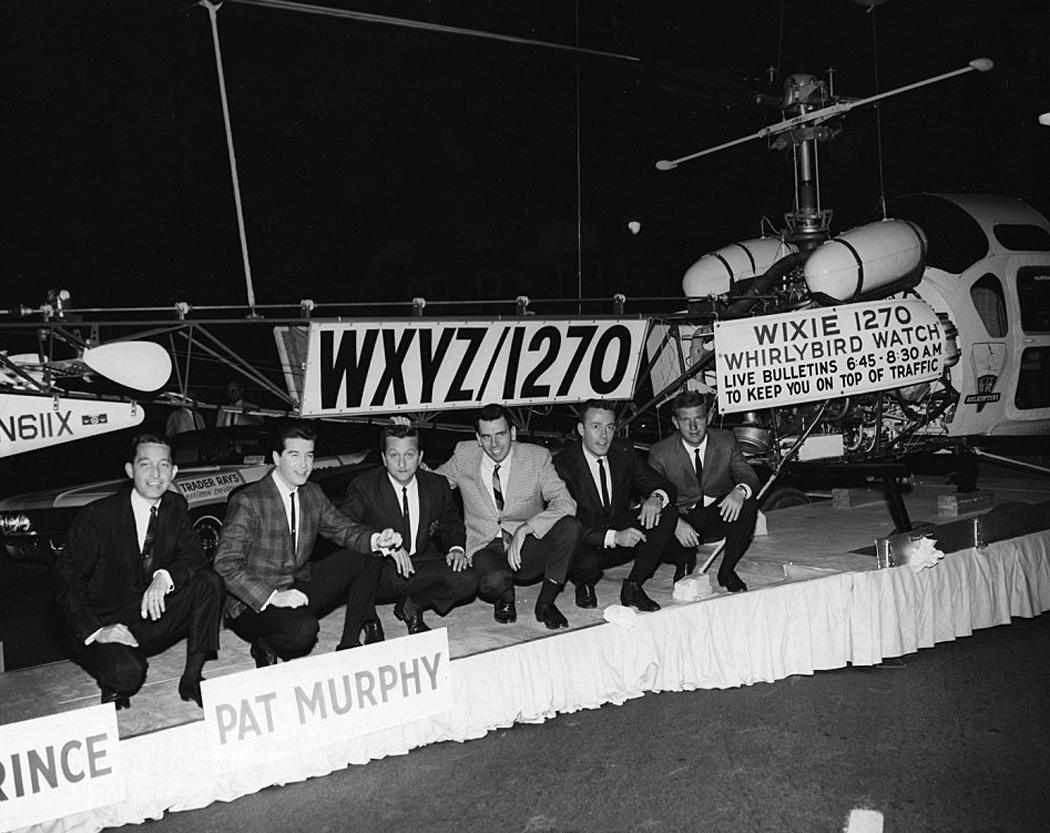
At last count, checking site data in the WordPress back-panel for the above WXYZ article, traffic numbers indicates this post has been viewed 6,031 times as of September 20 — within a 3 years span — since traffic count began on this website in January 2016. The current data marks this article the most viewer-generated feature to date on Motor City Radio Flashbacks.
For the benefit of our new website viewers who may have missed it (archived; 2012) we are reposting this article today.
This post initially was featured on this site, November 28, 2012. It was updated on November 28, 2016.
![]()
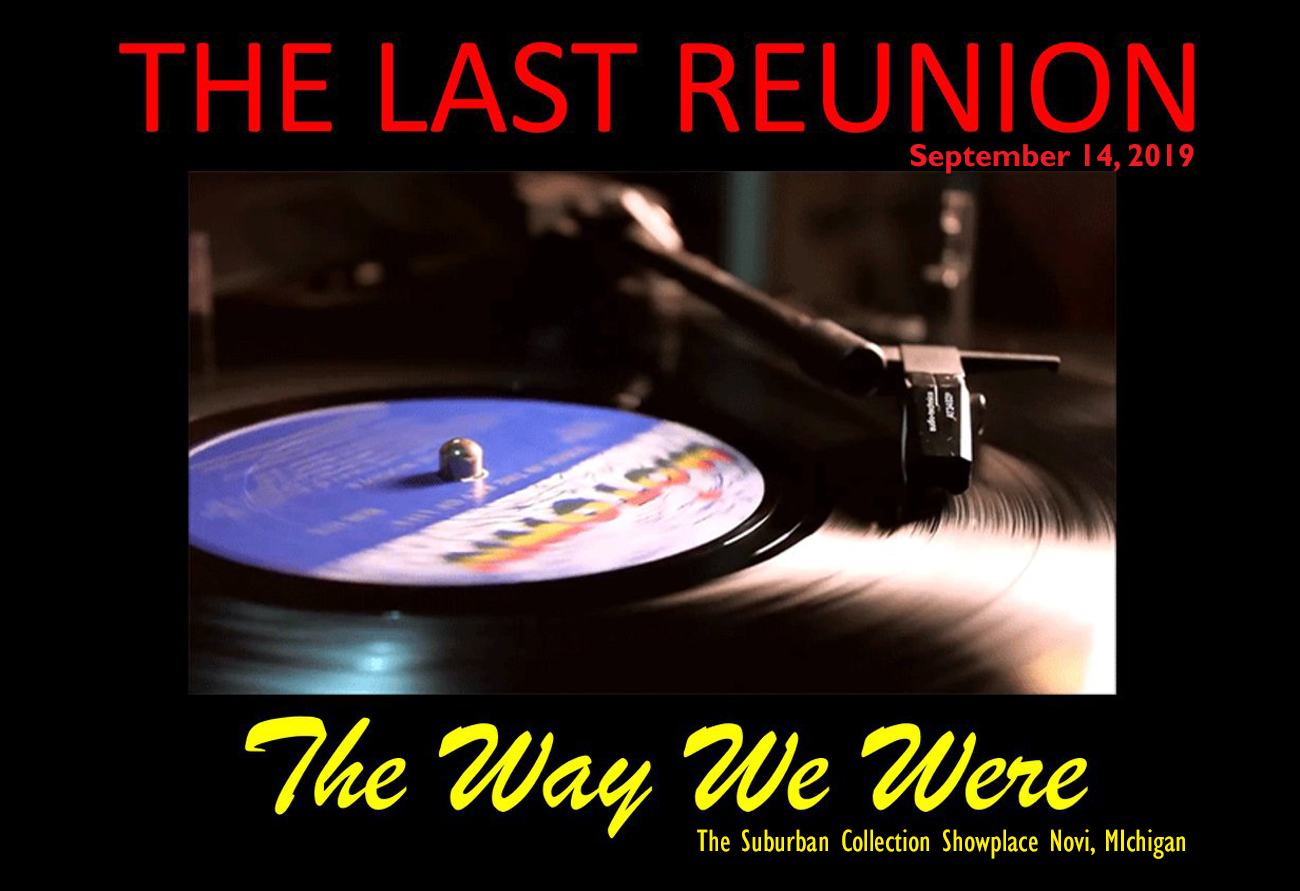
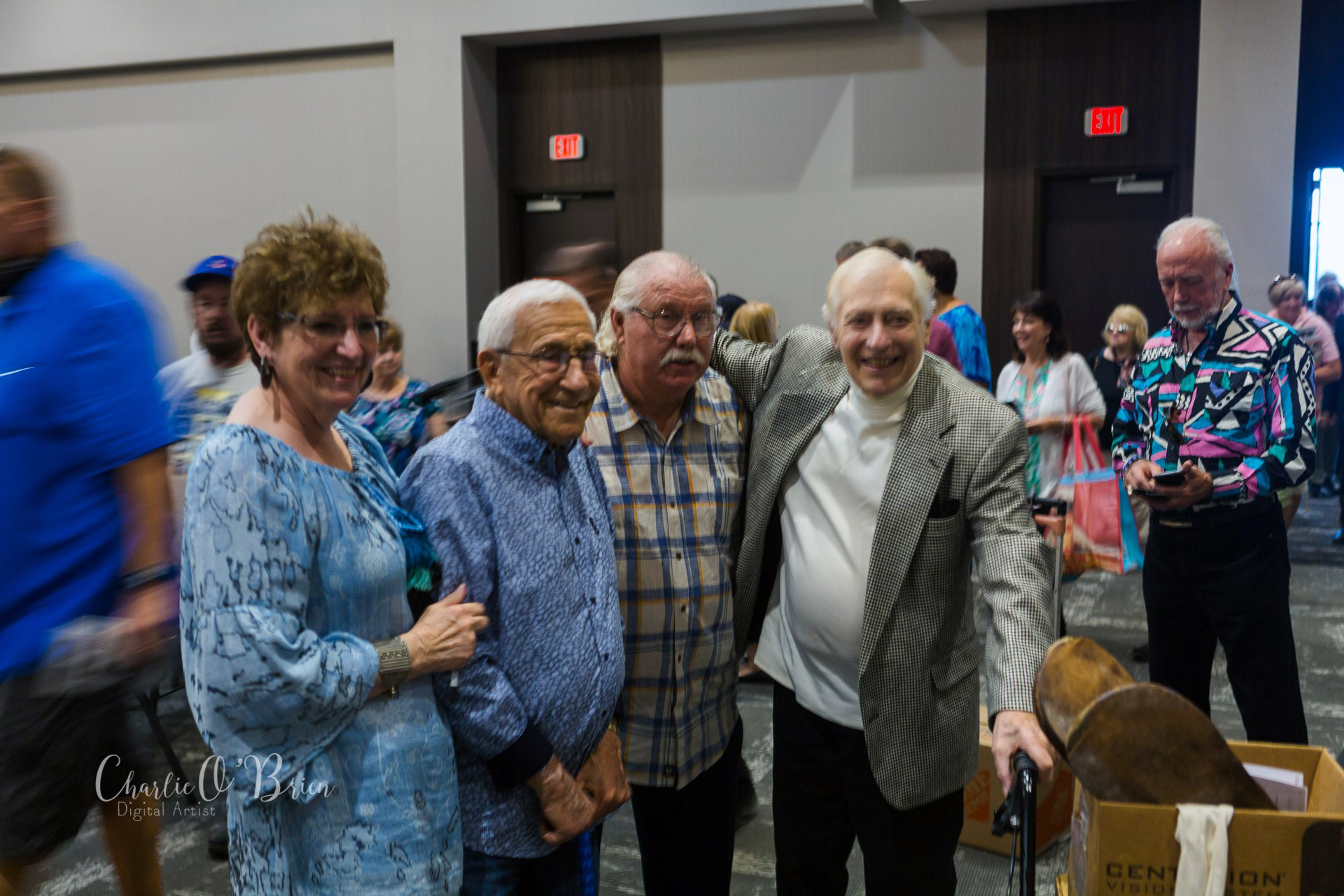
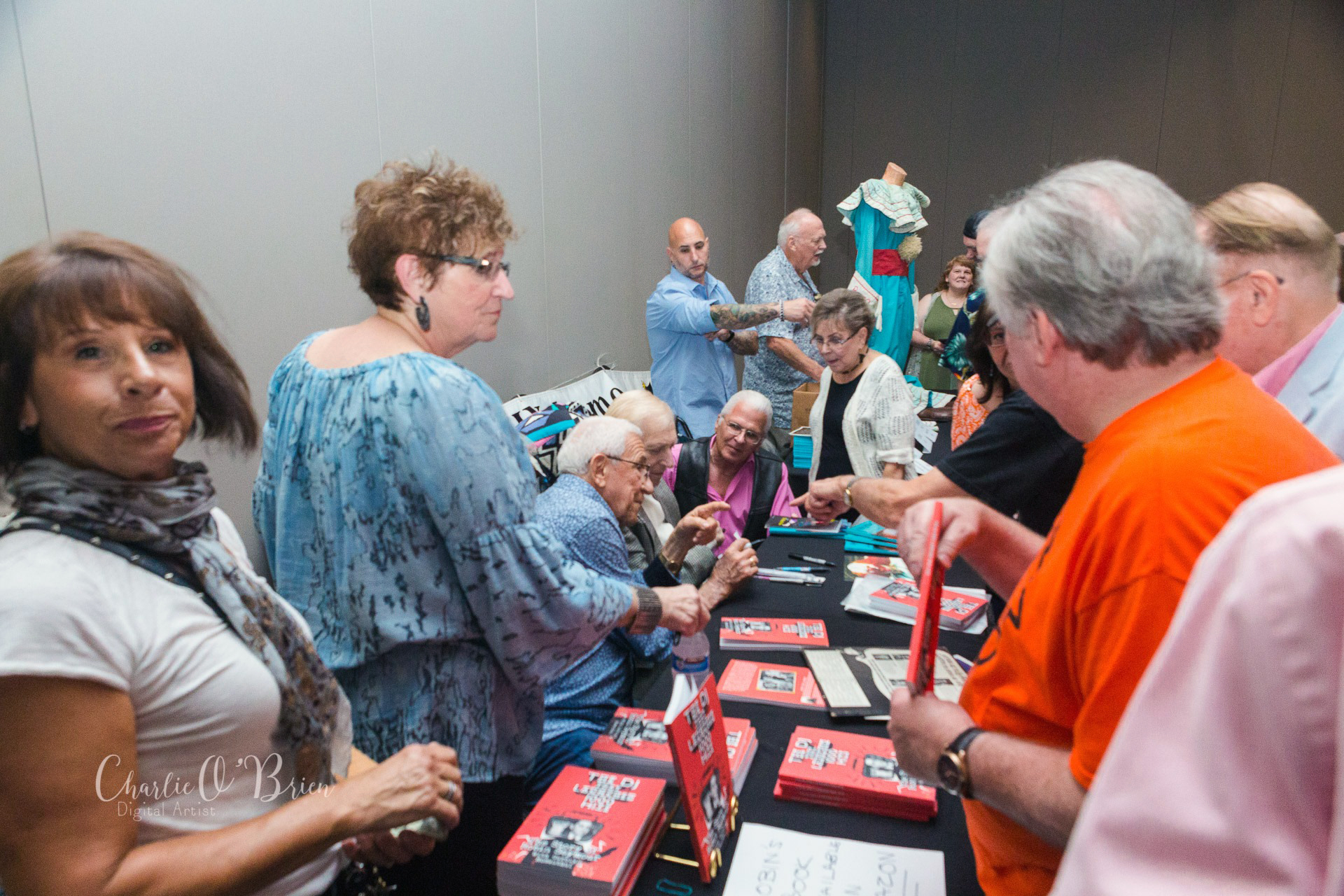
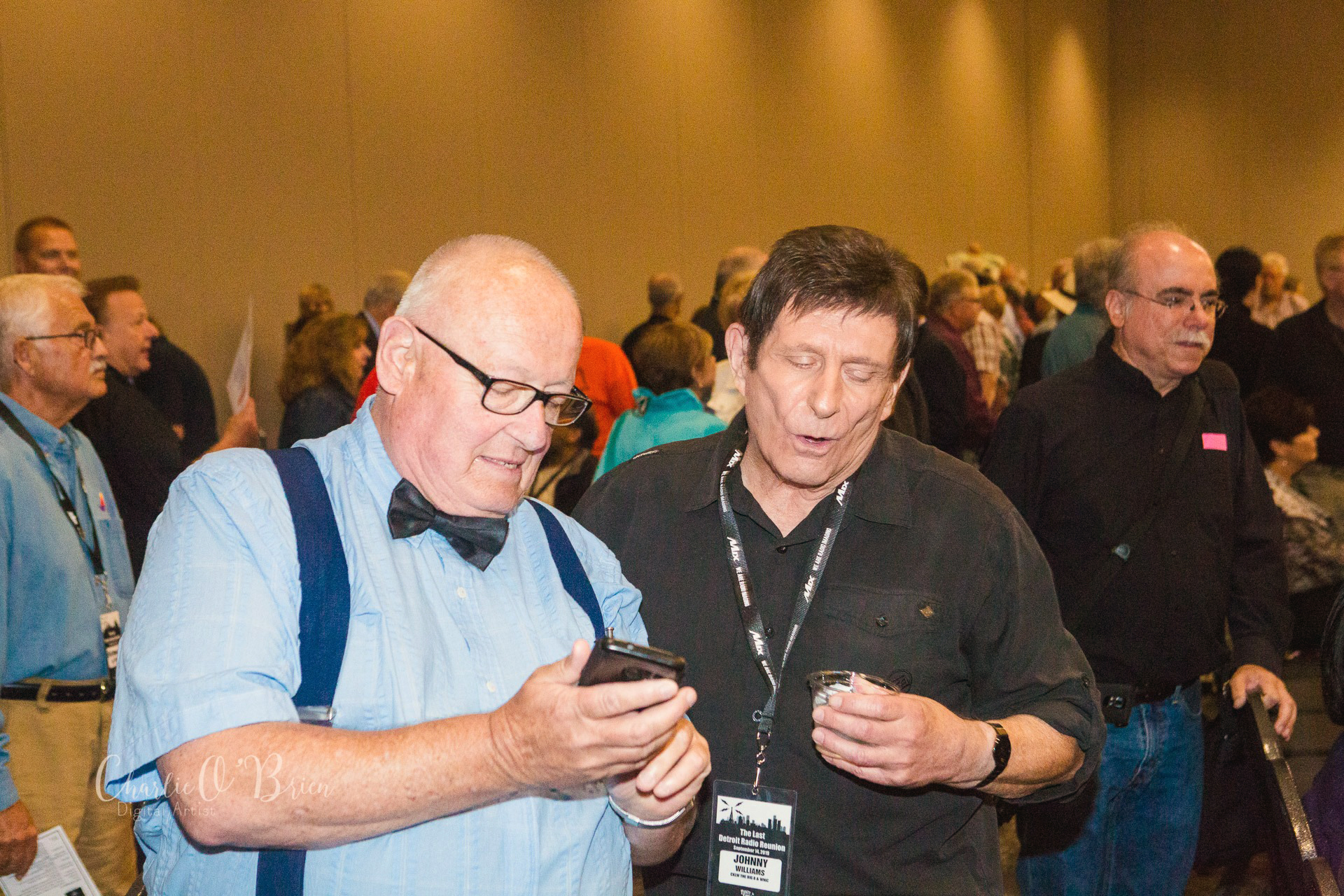
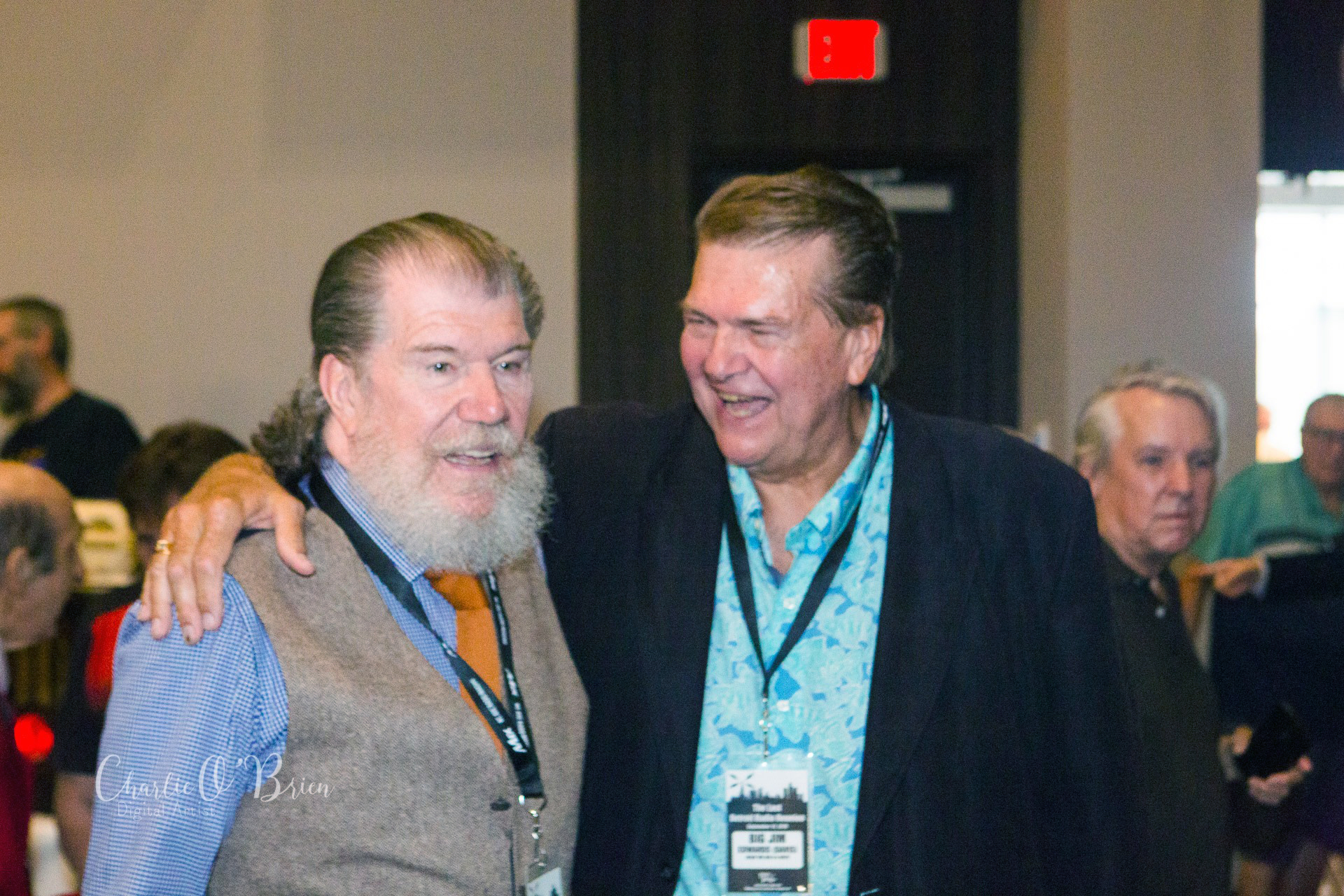
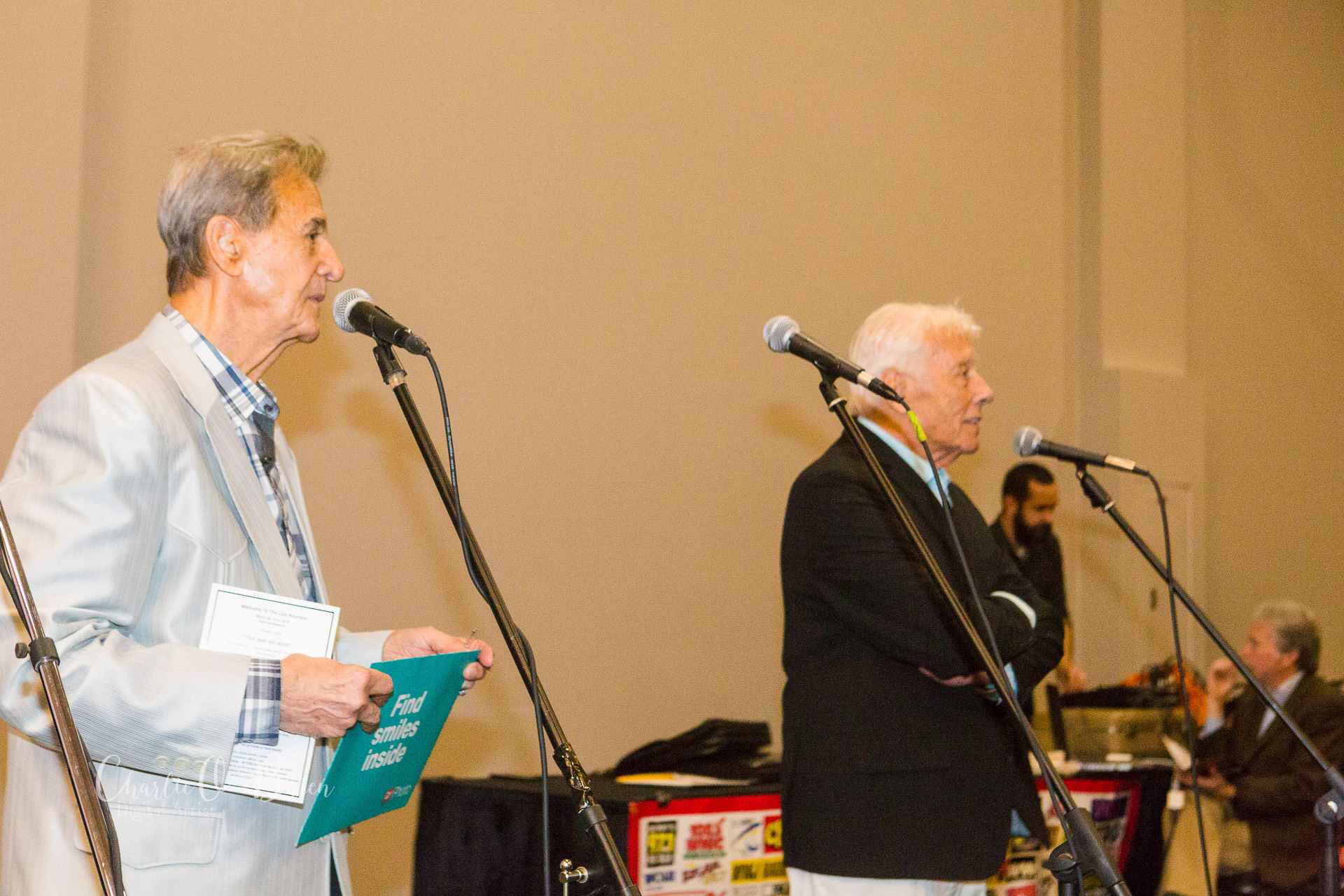
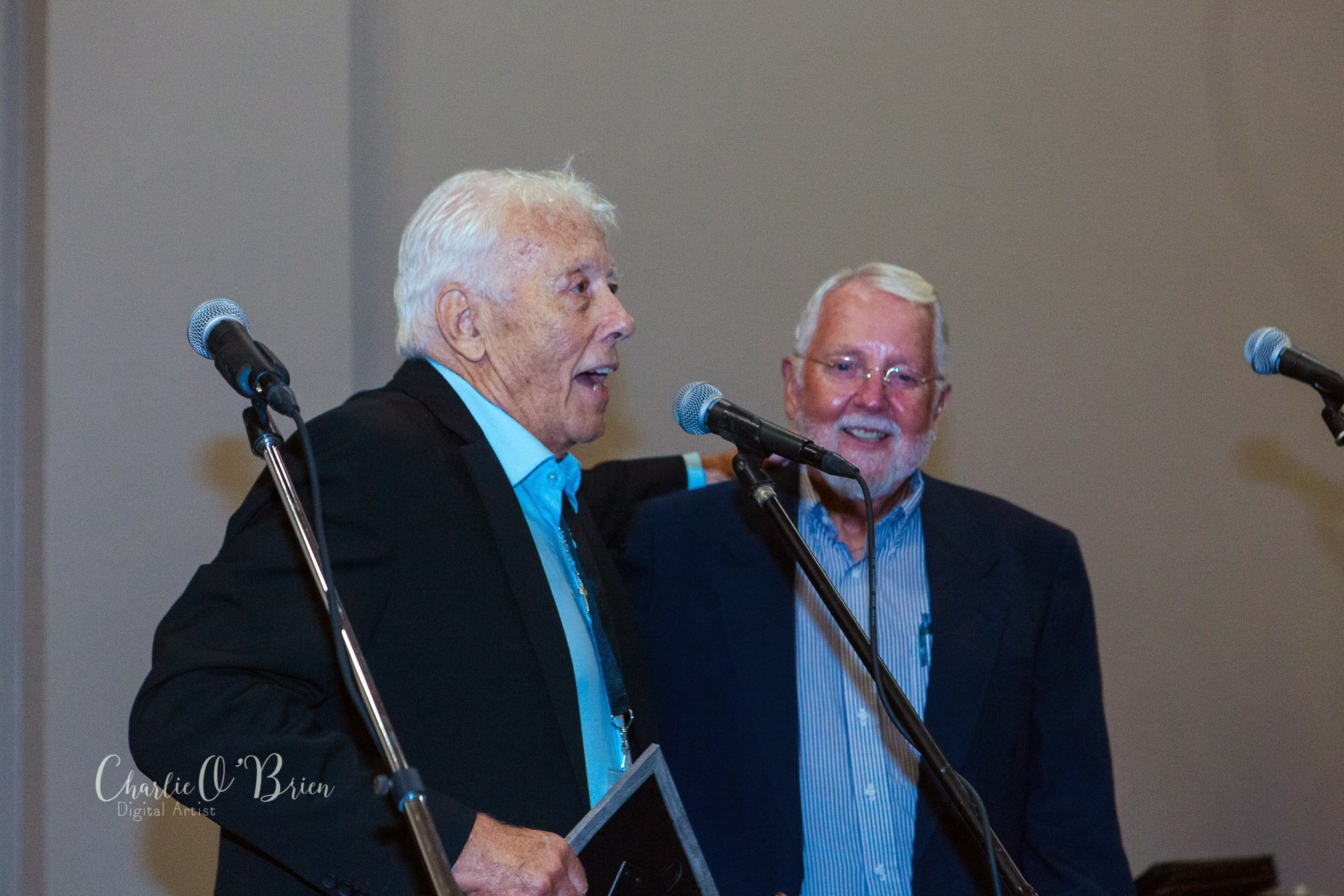
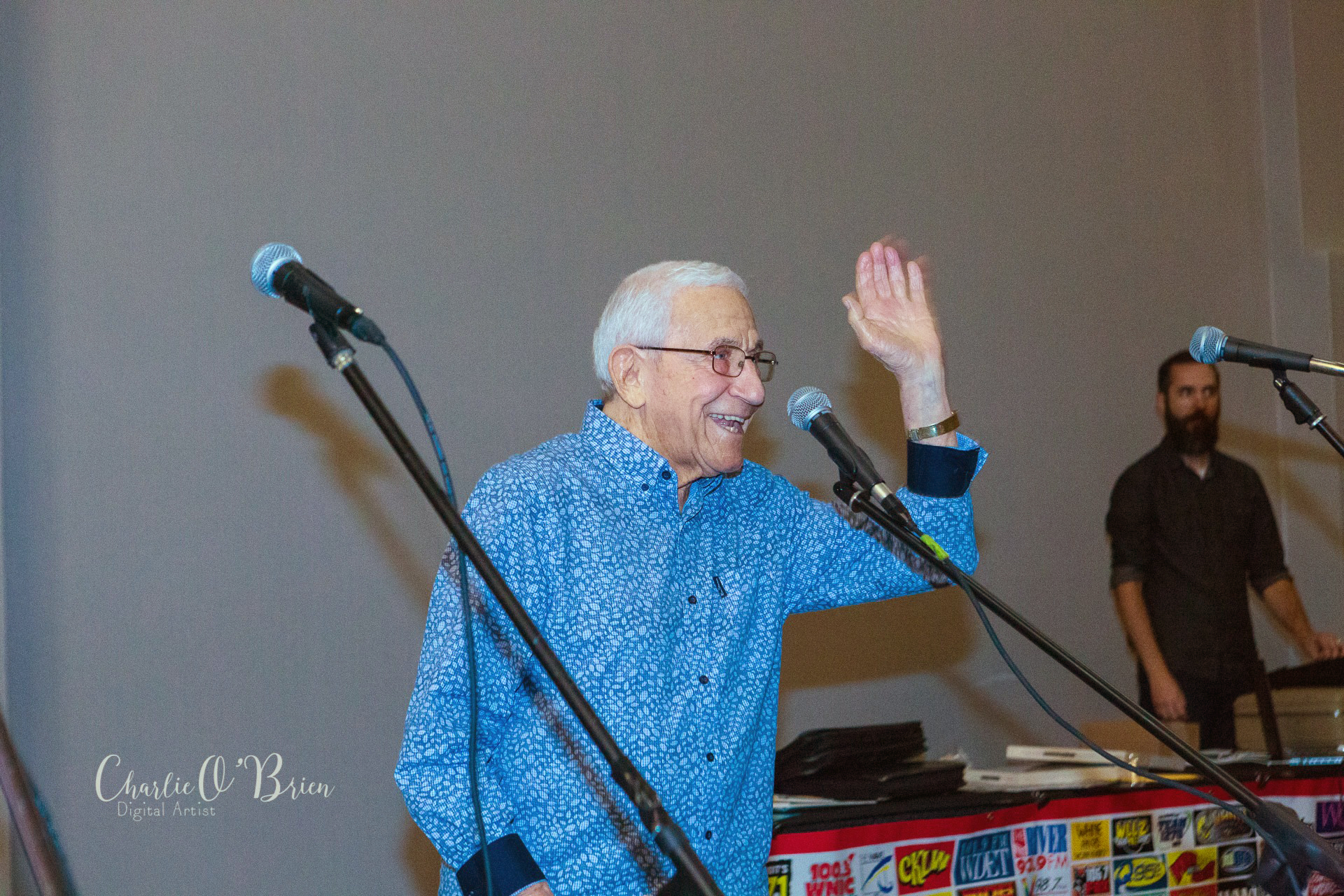
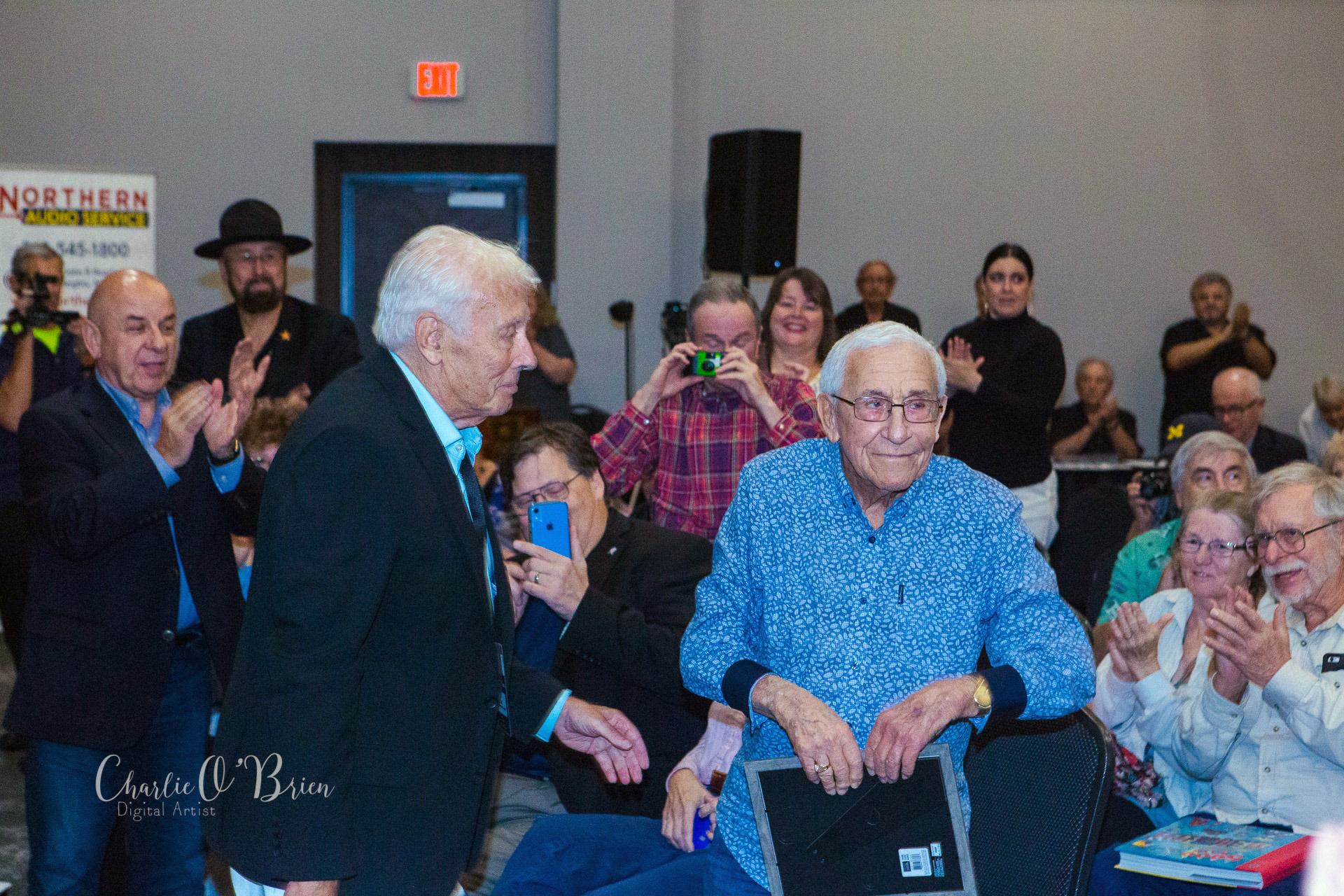
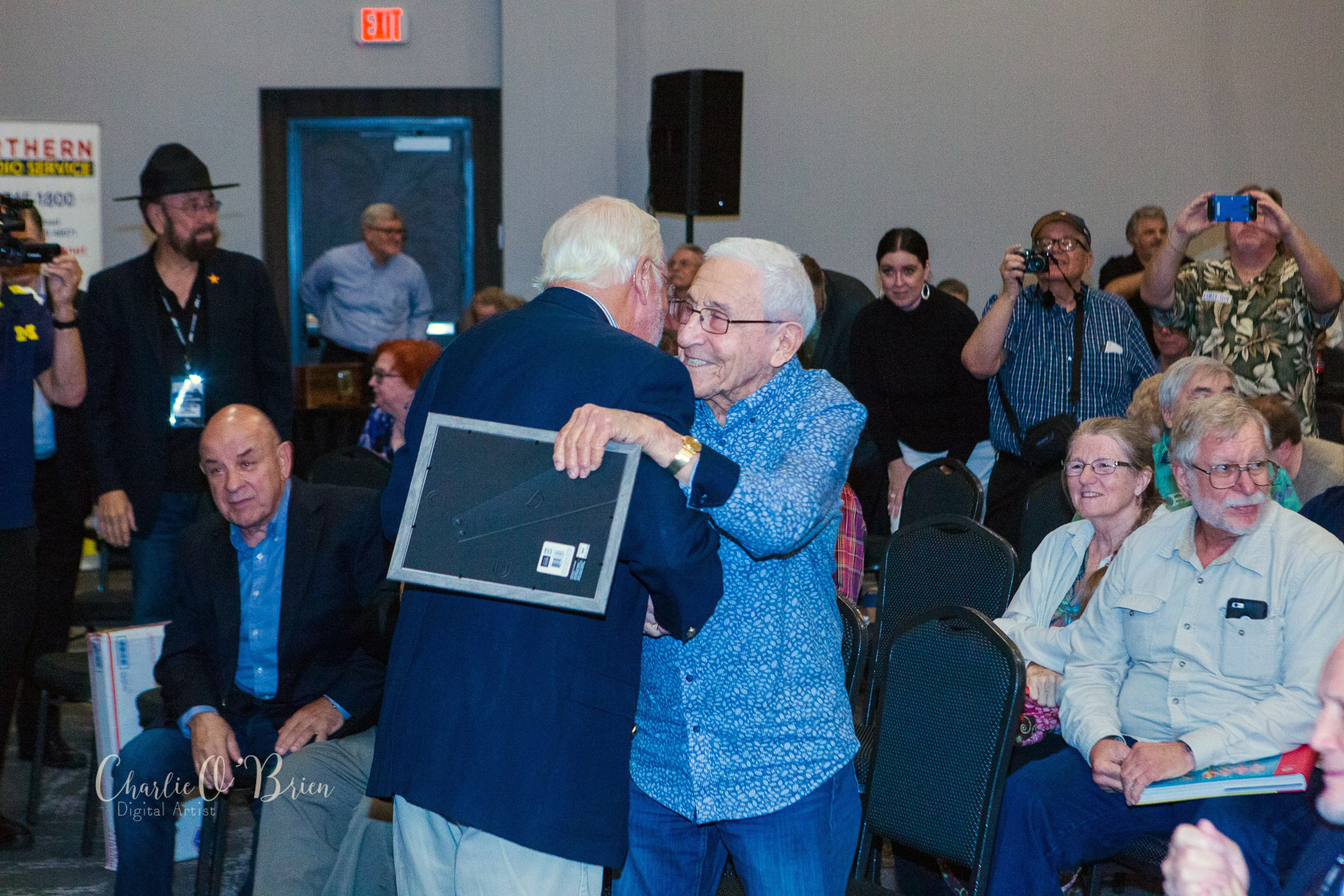

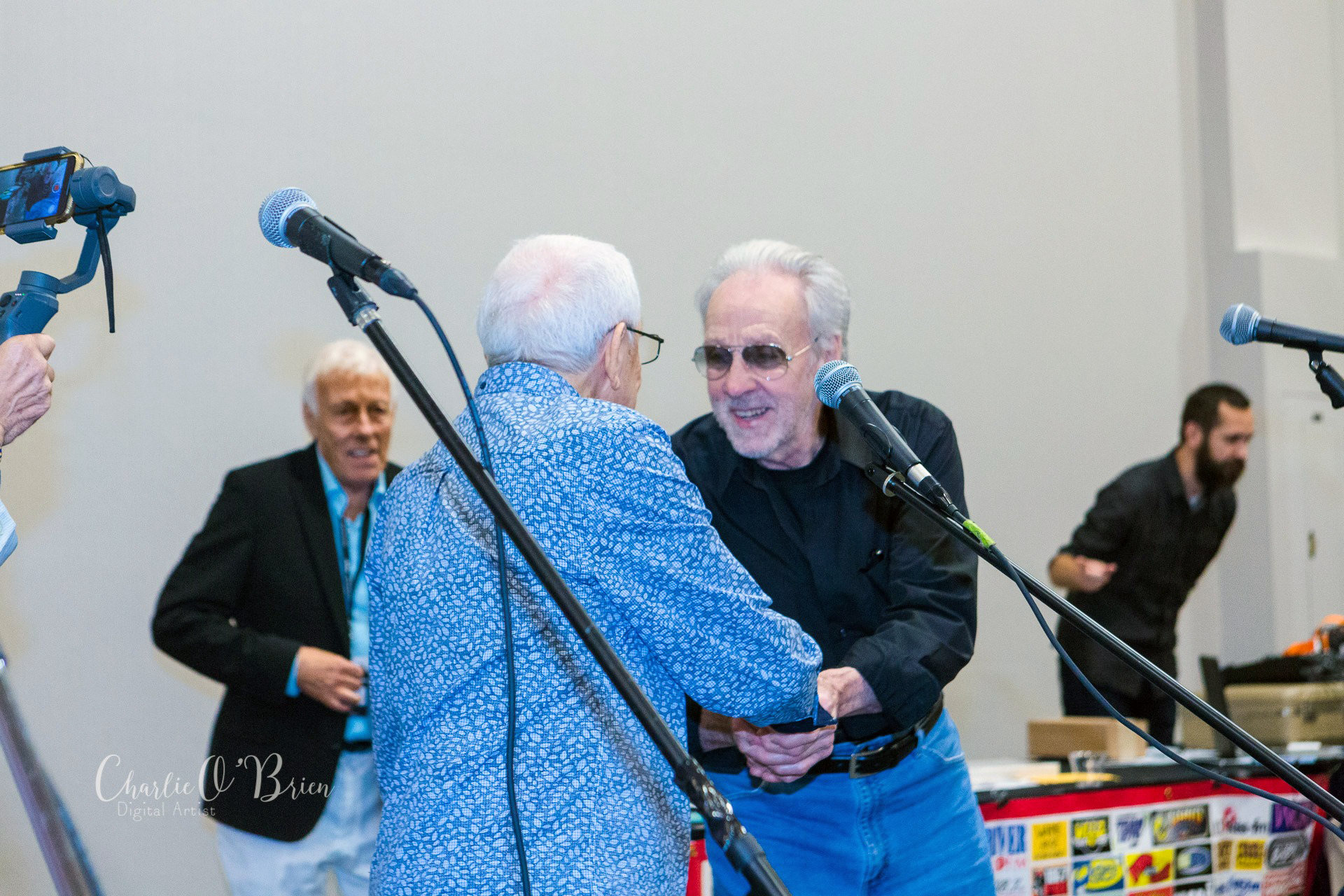
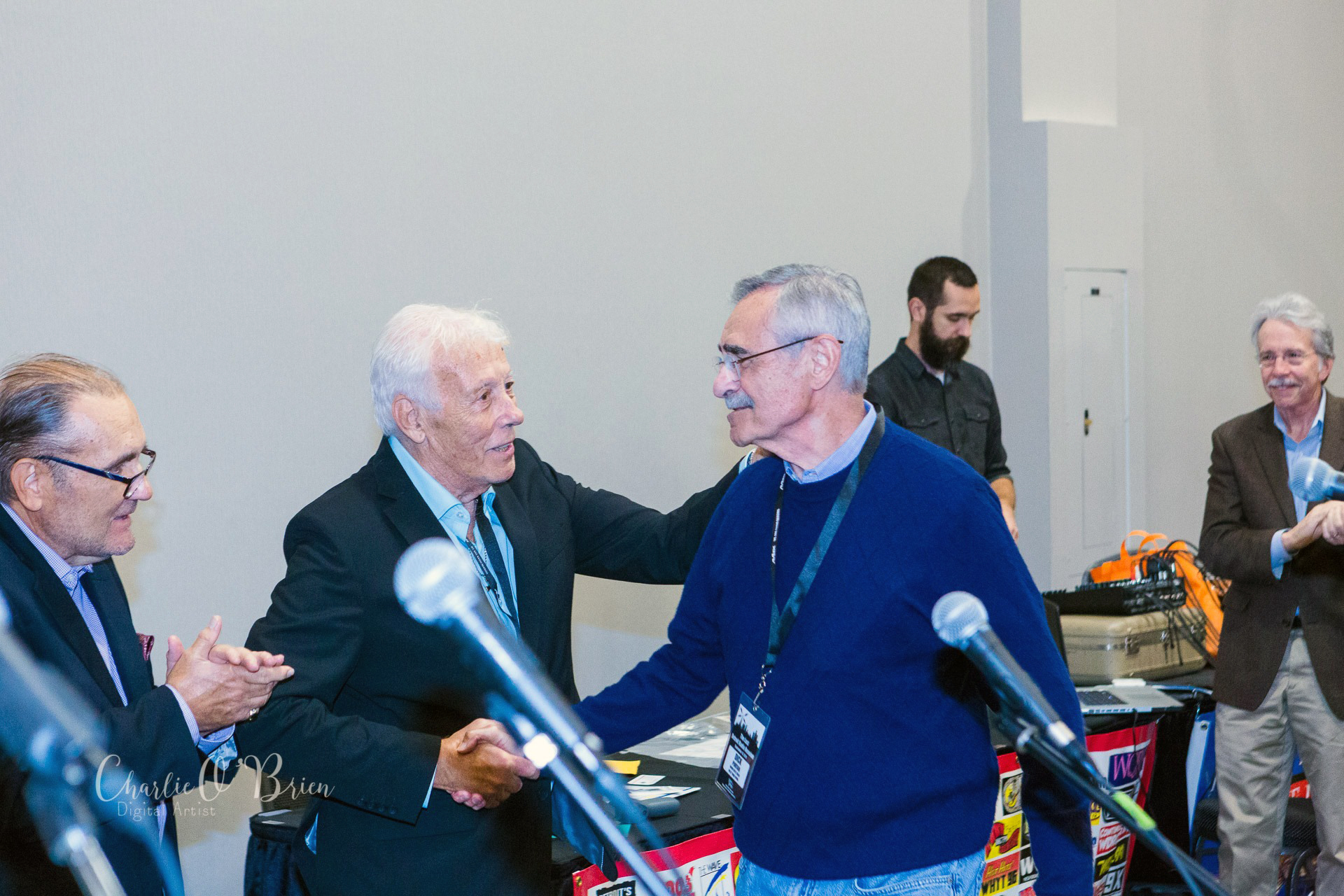
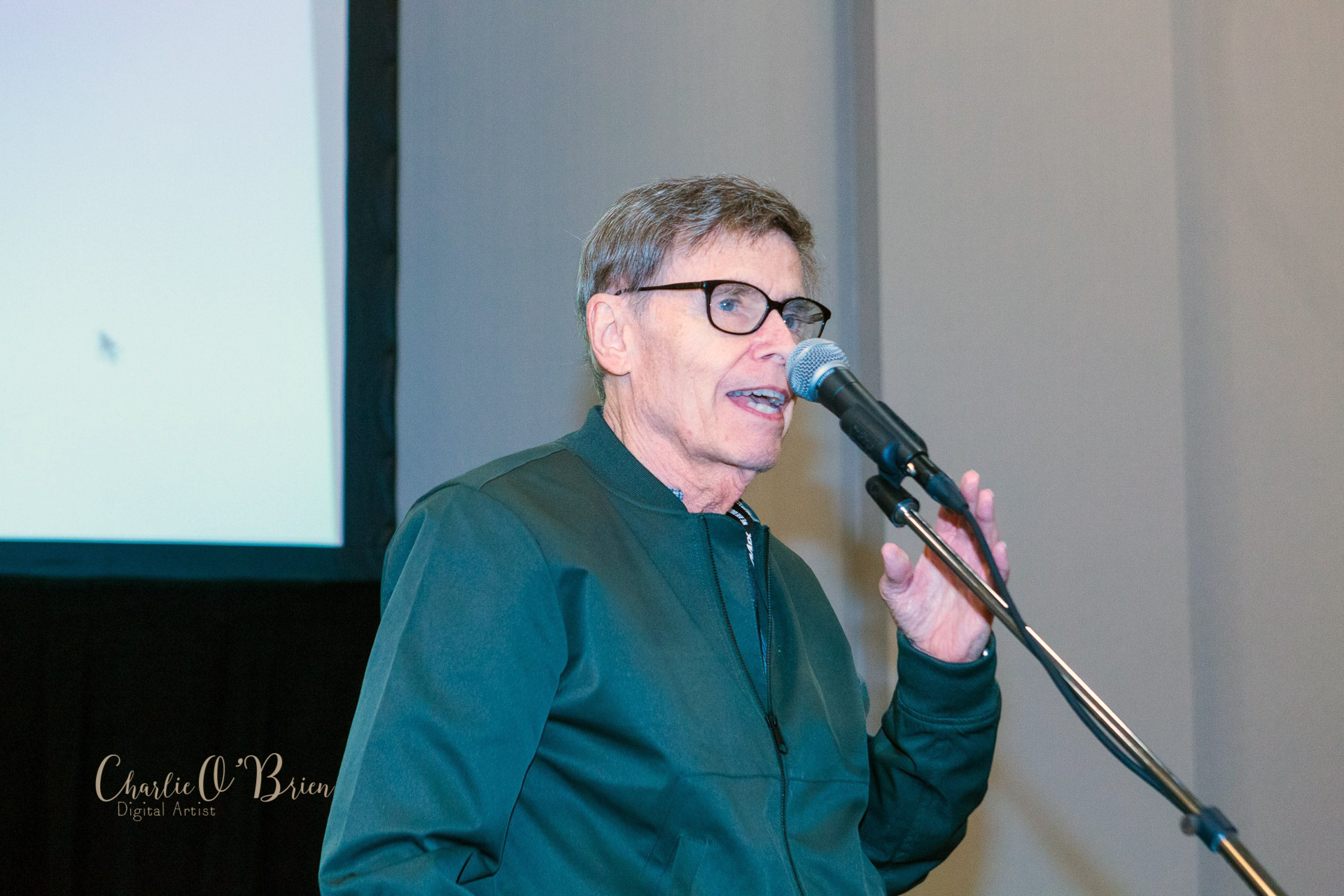
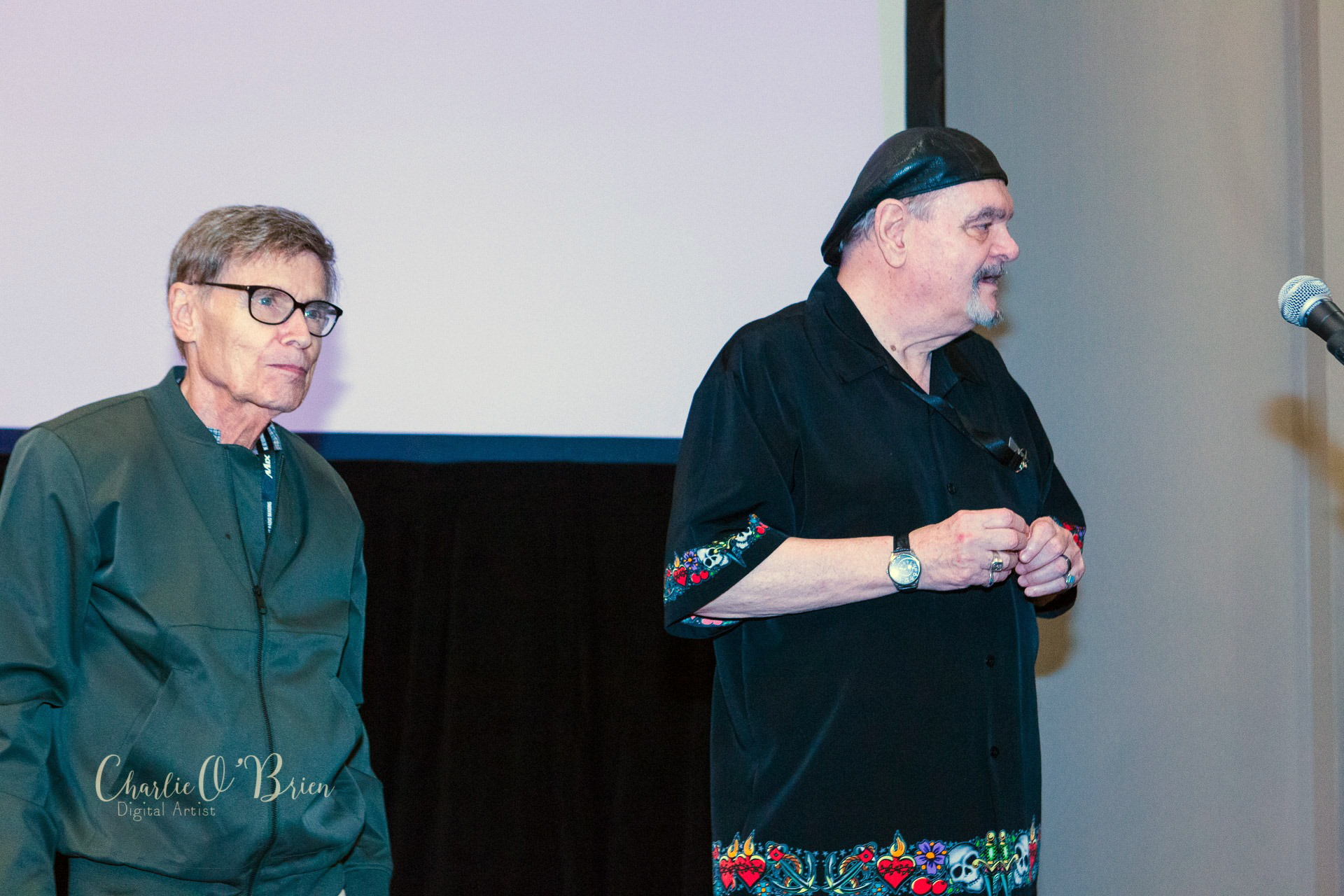
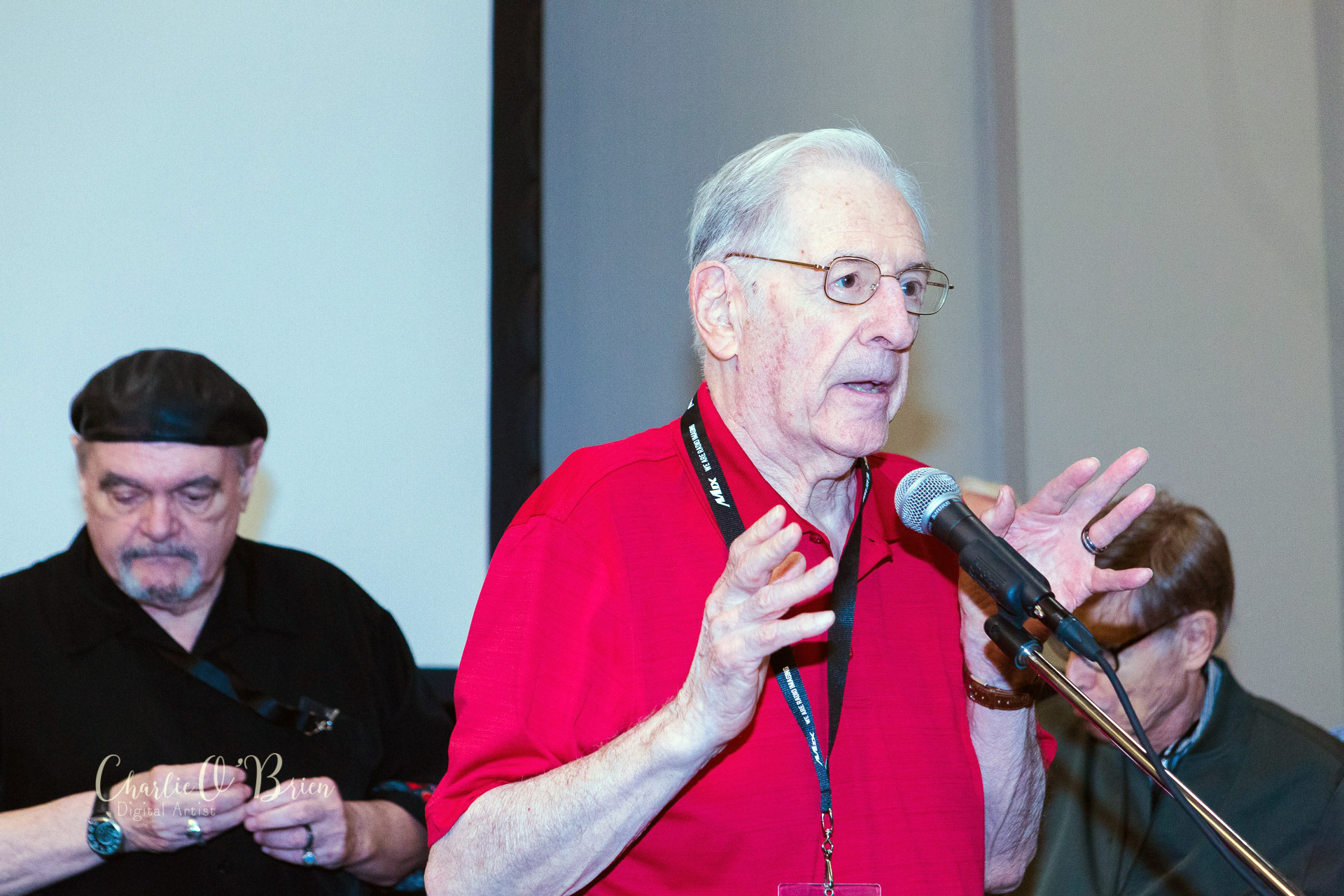
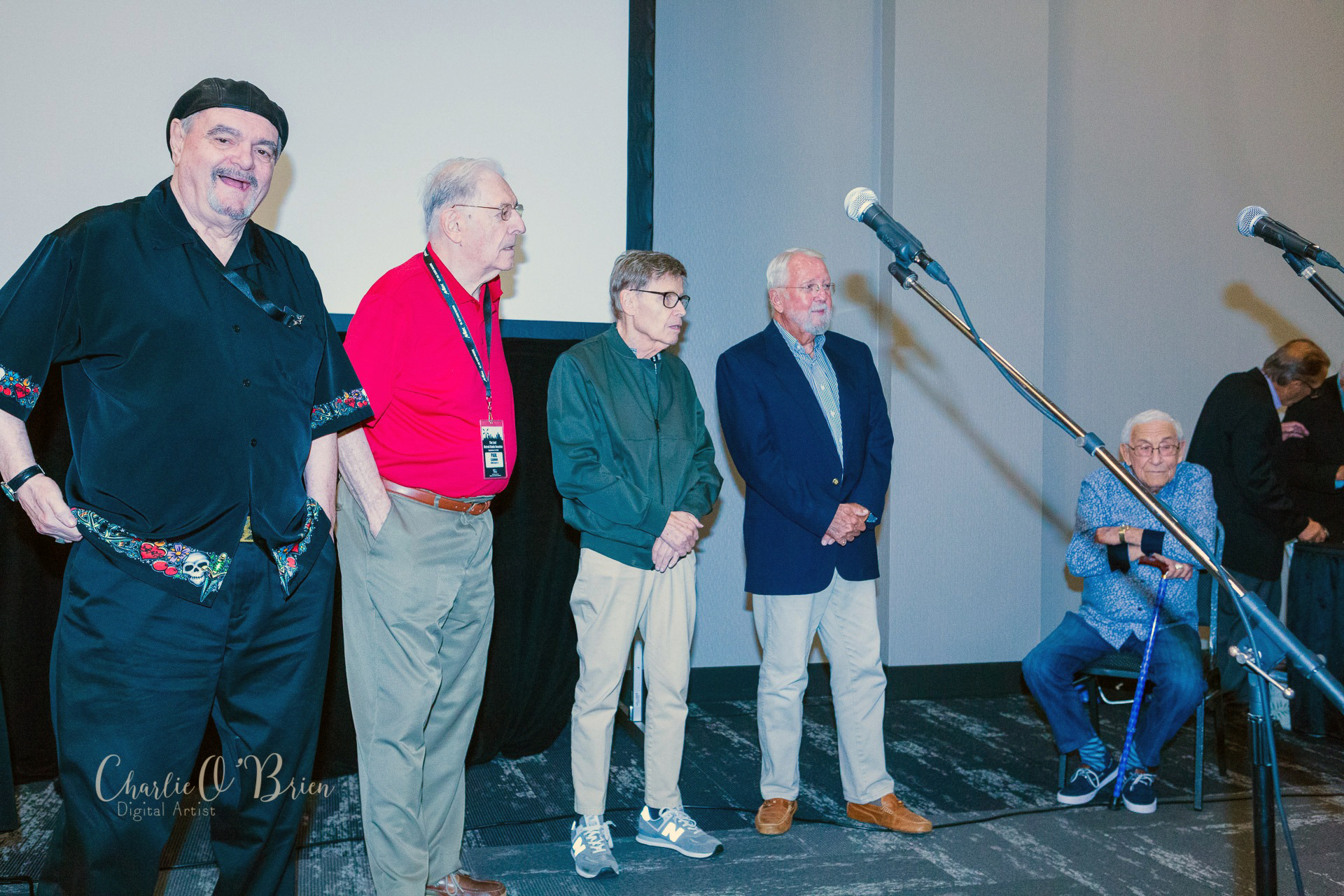
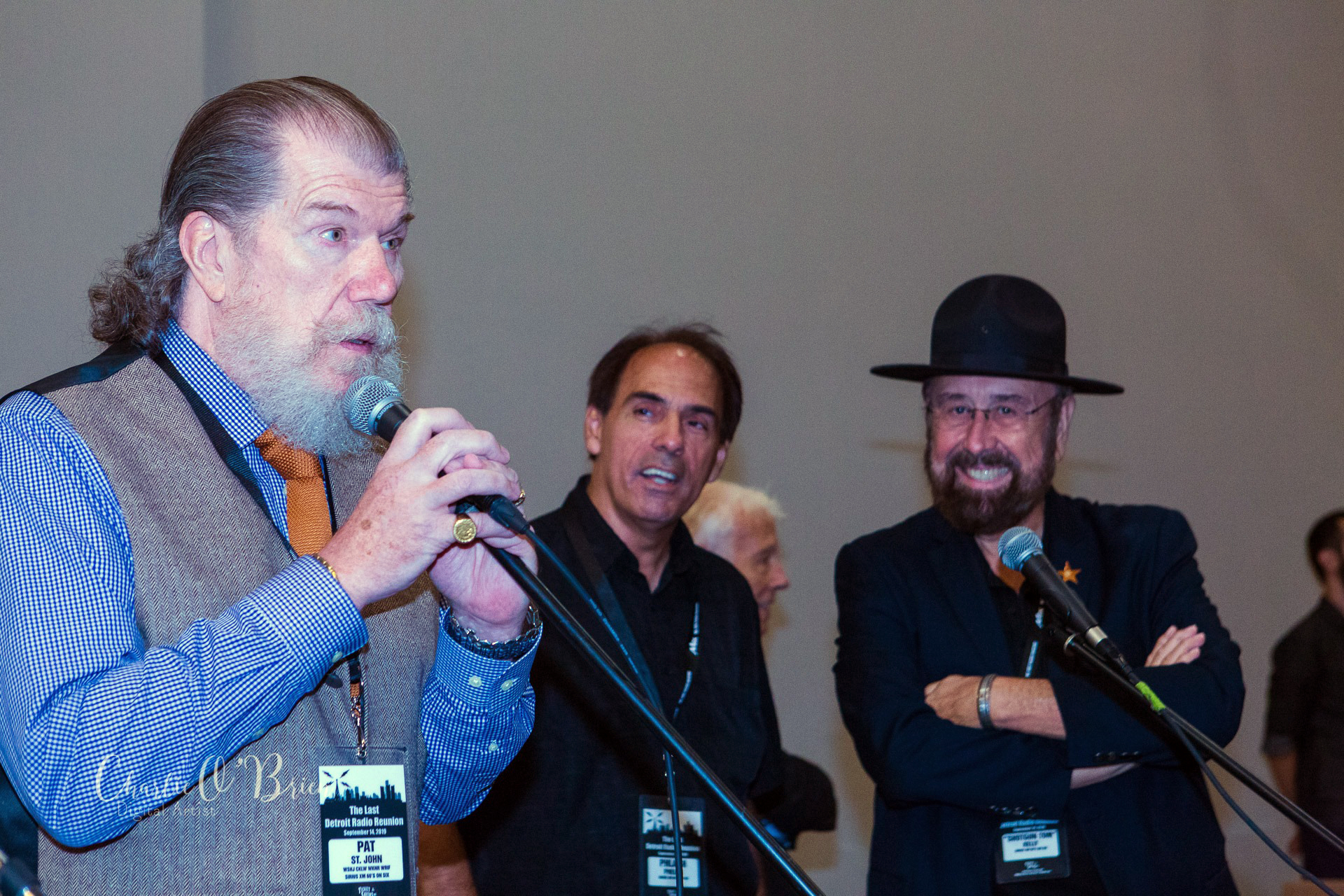
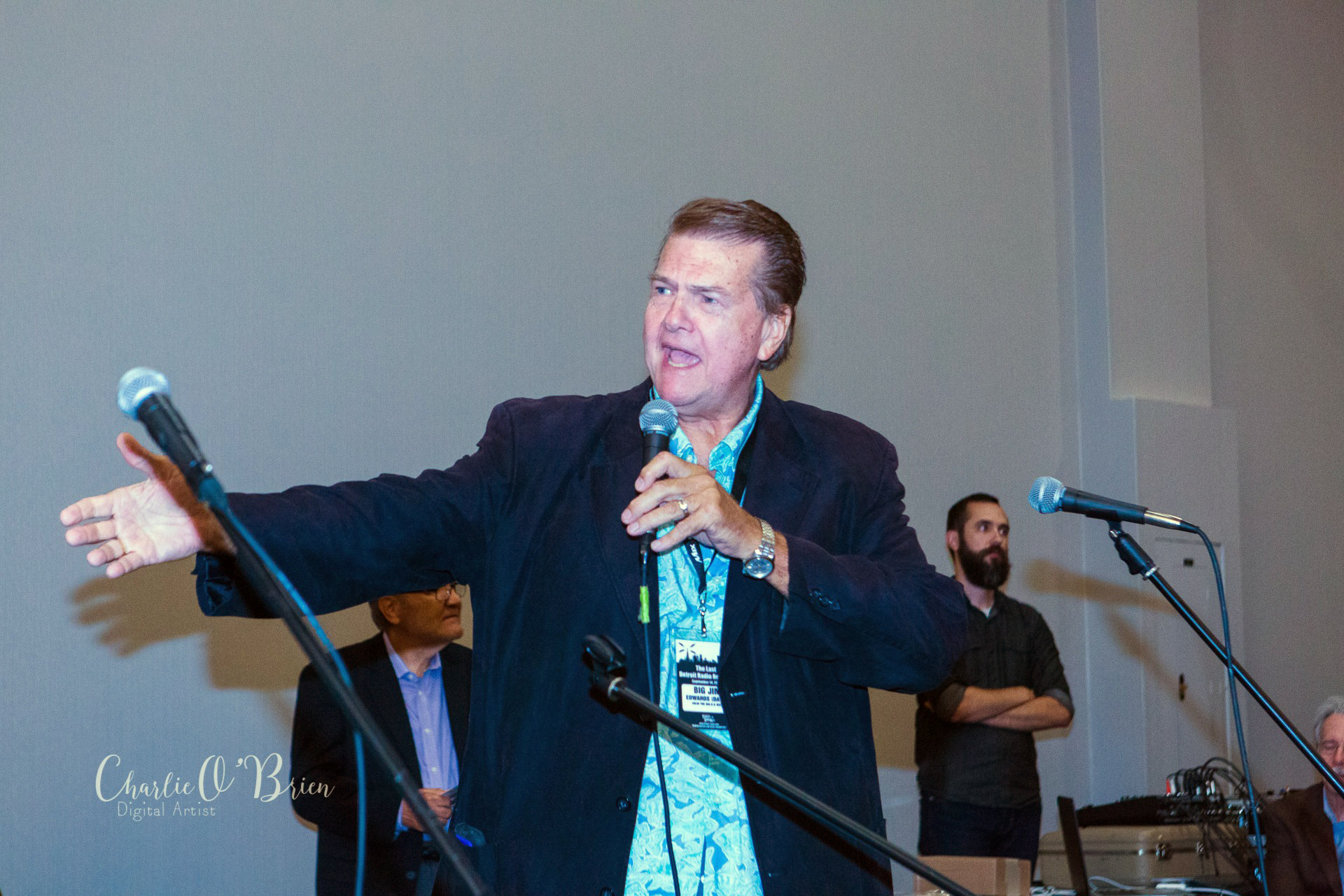
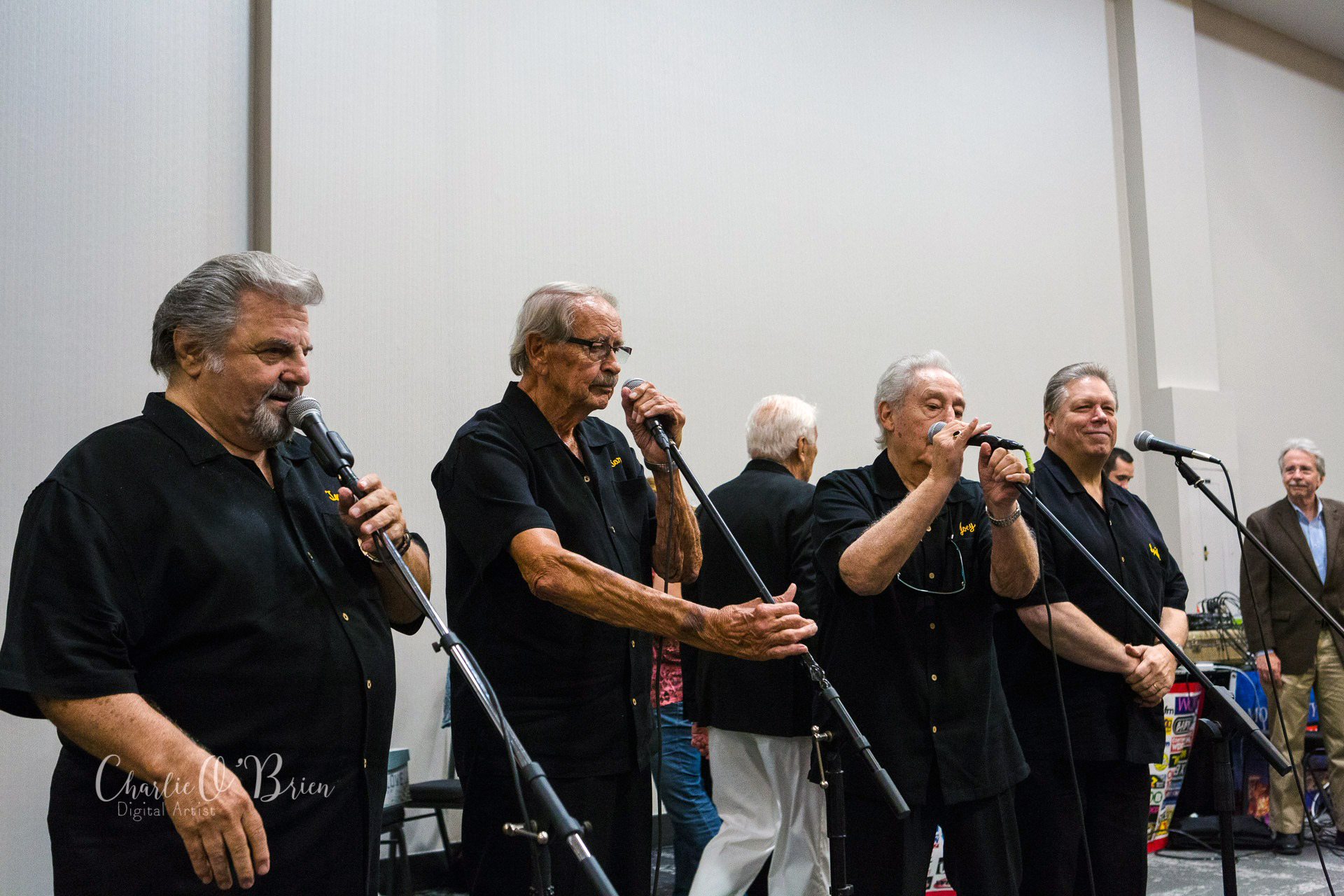
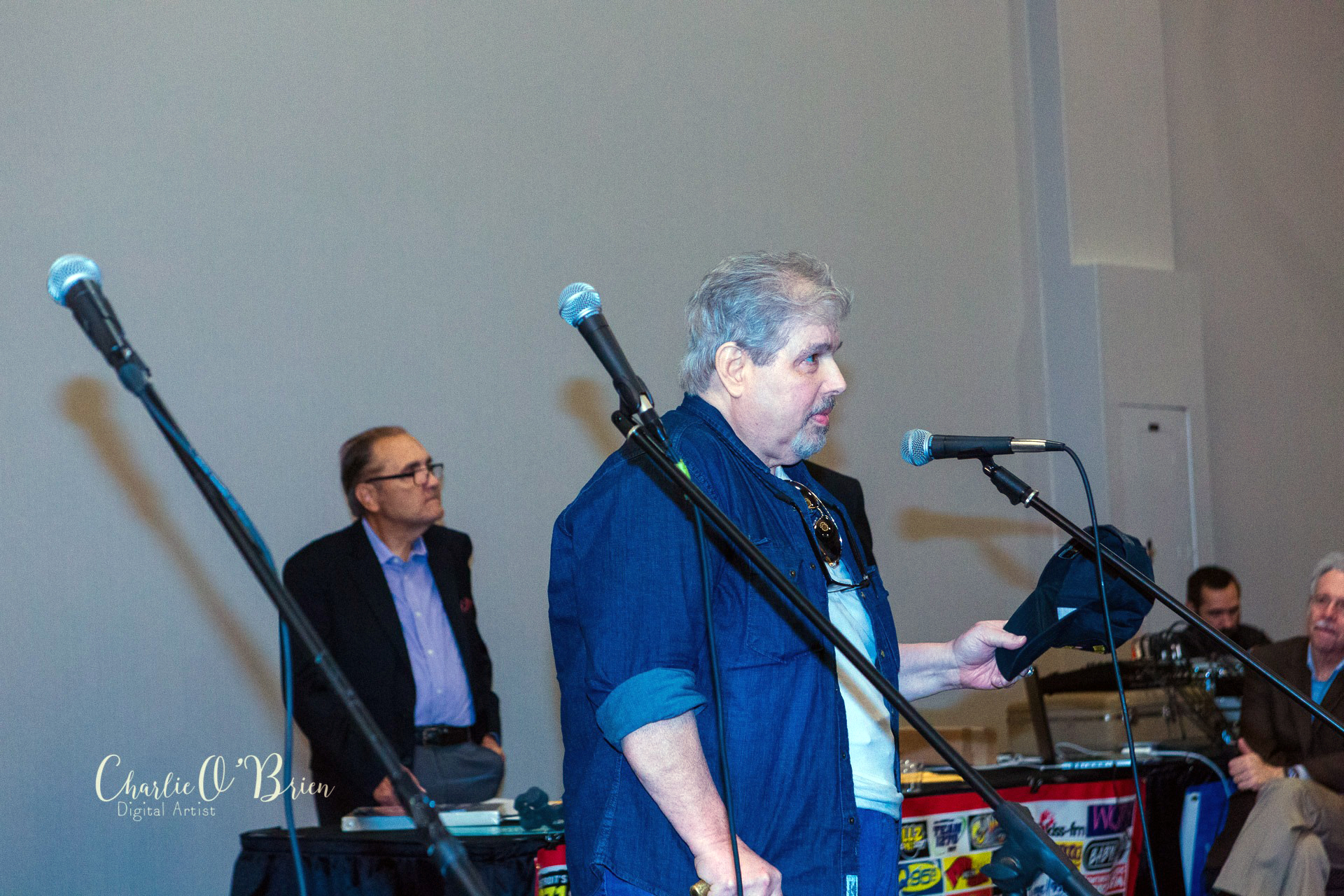
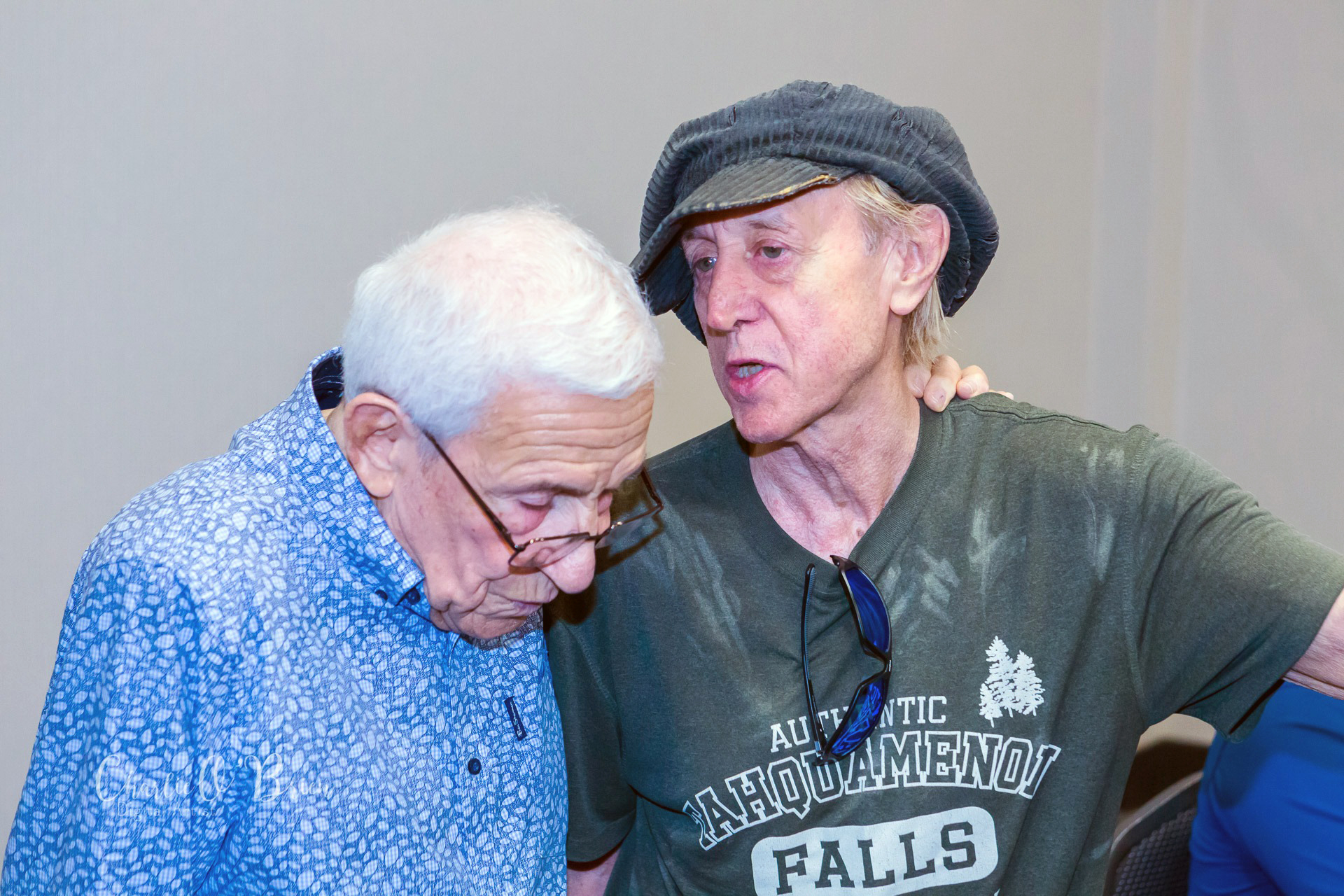
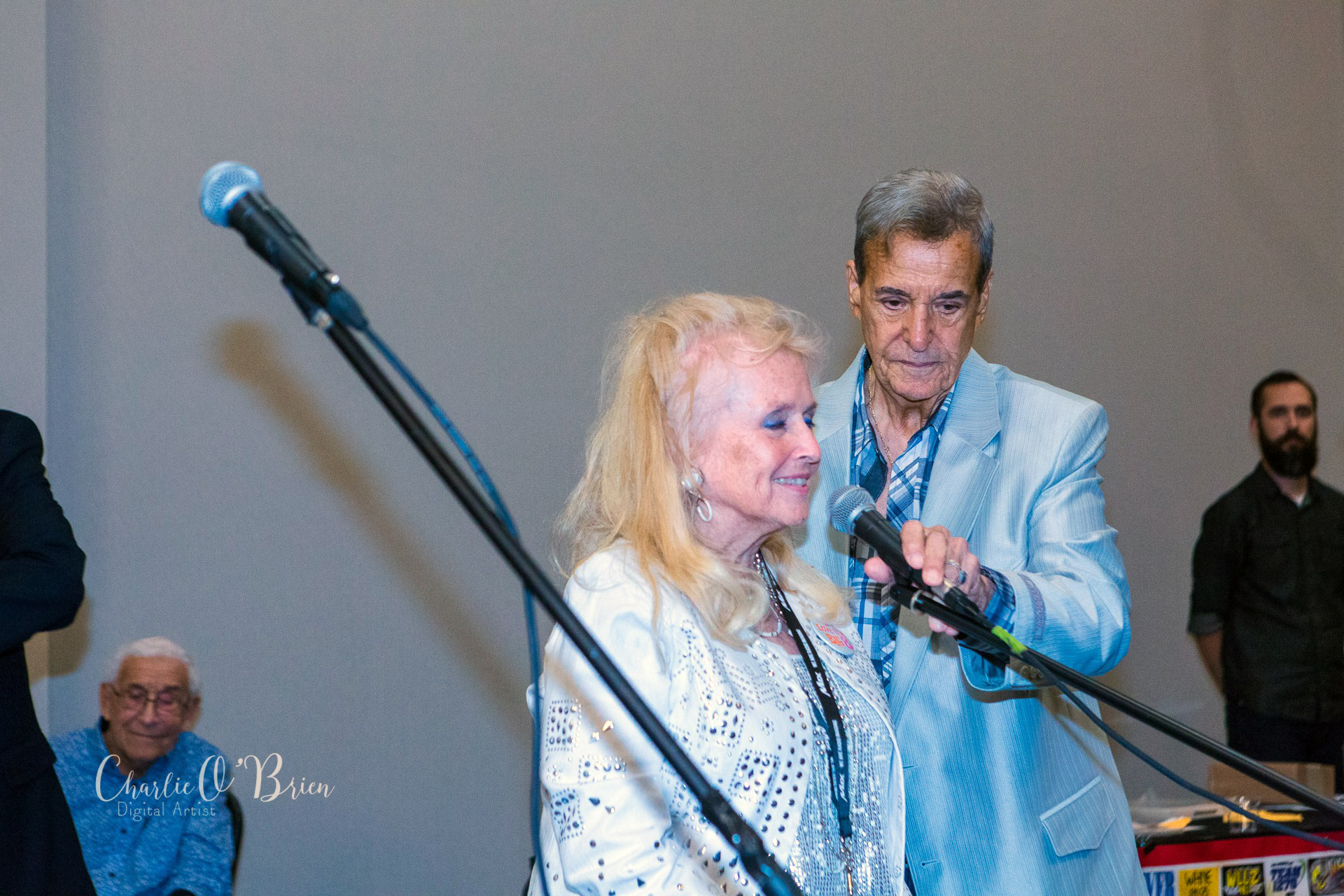
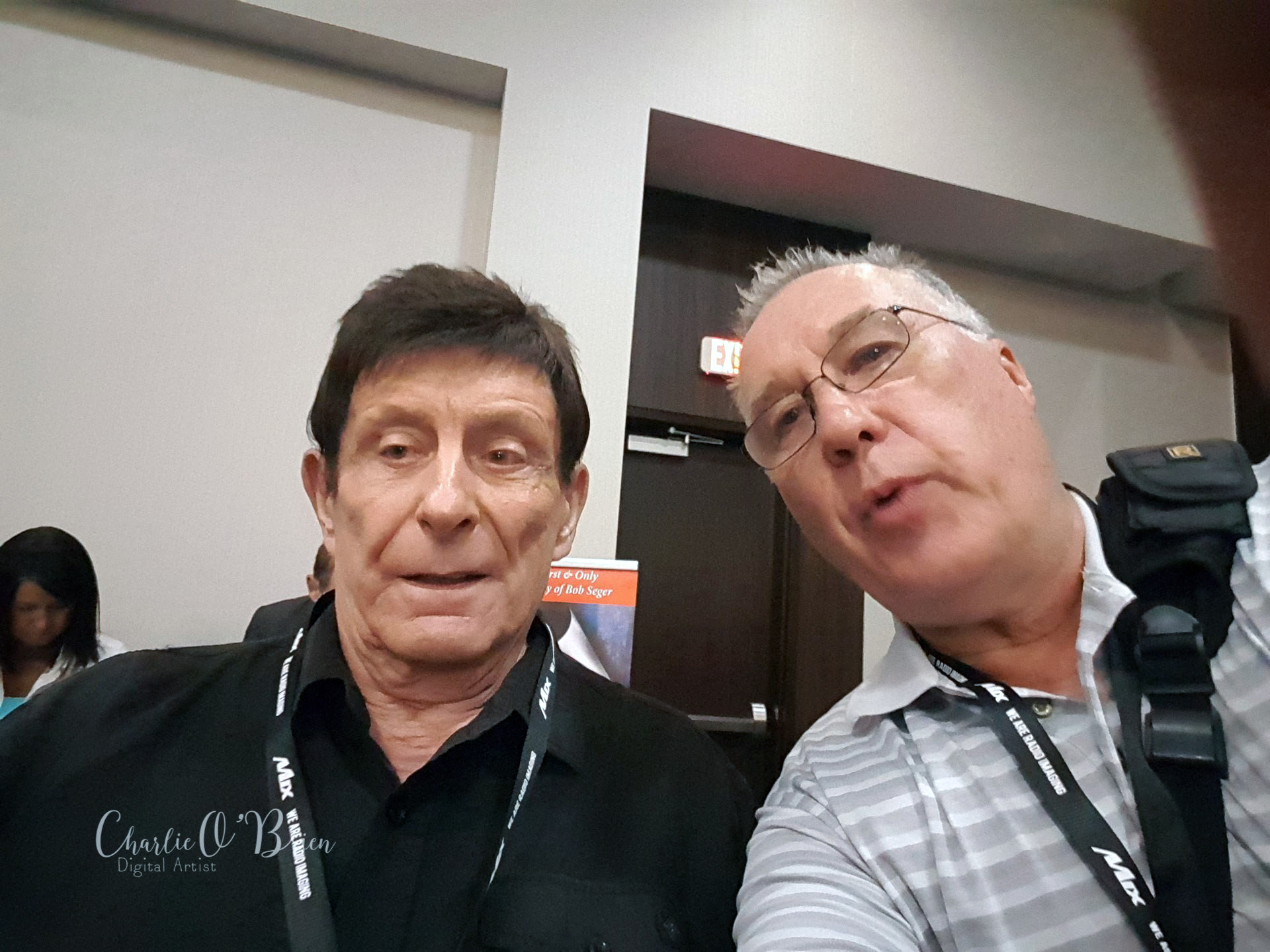
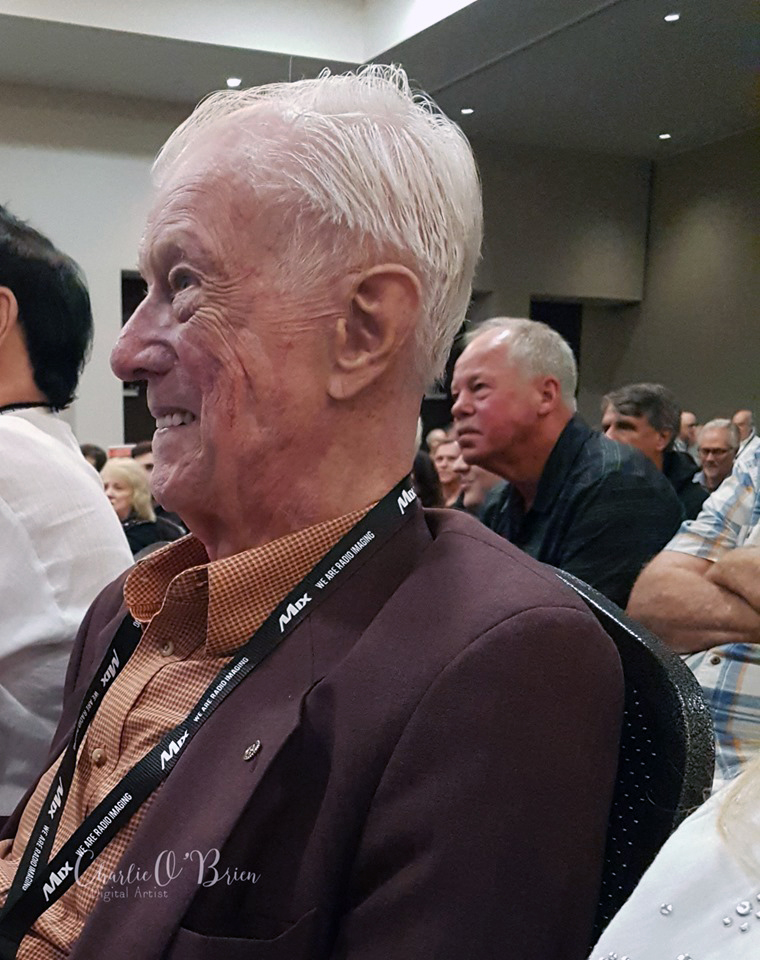
— CHARLIE O’BRIEN Digital Artist —
A special THANK YOU to Charlie O’Brien for providing this website these fabulous images he took at the ‘Last Reunion’ event held at The Suburban Collection Showplace, in Novi, MI., September 14, 2019.
For more on photography by Charlie O’Brien, check out his amazing website showcasing many of his creative artistry behind the photo lens, by going HERE
Photo Artistry by Charlie O’Brien is also linked on this website’s blogroll as well.
— A Special Thank You —
Lee, we thank you for the opportunity you gave us that we may attend an event where the Detroit stars of radio shined one more time. This would not have been possible without you. In honoring Robin Seymour, and, Detroit radio, you made this a special day we will not forget.
Thank you, Lee Alan. Thanks . . . for making this happen
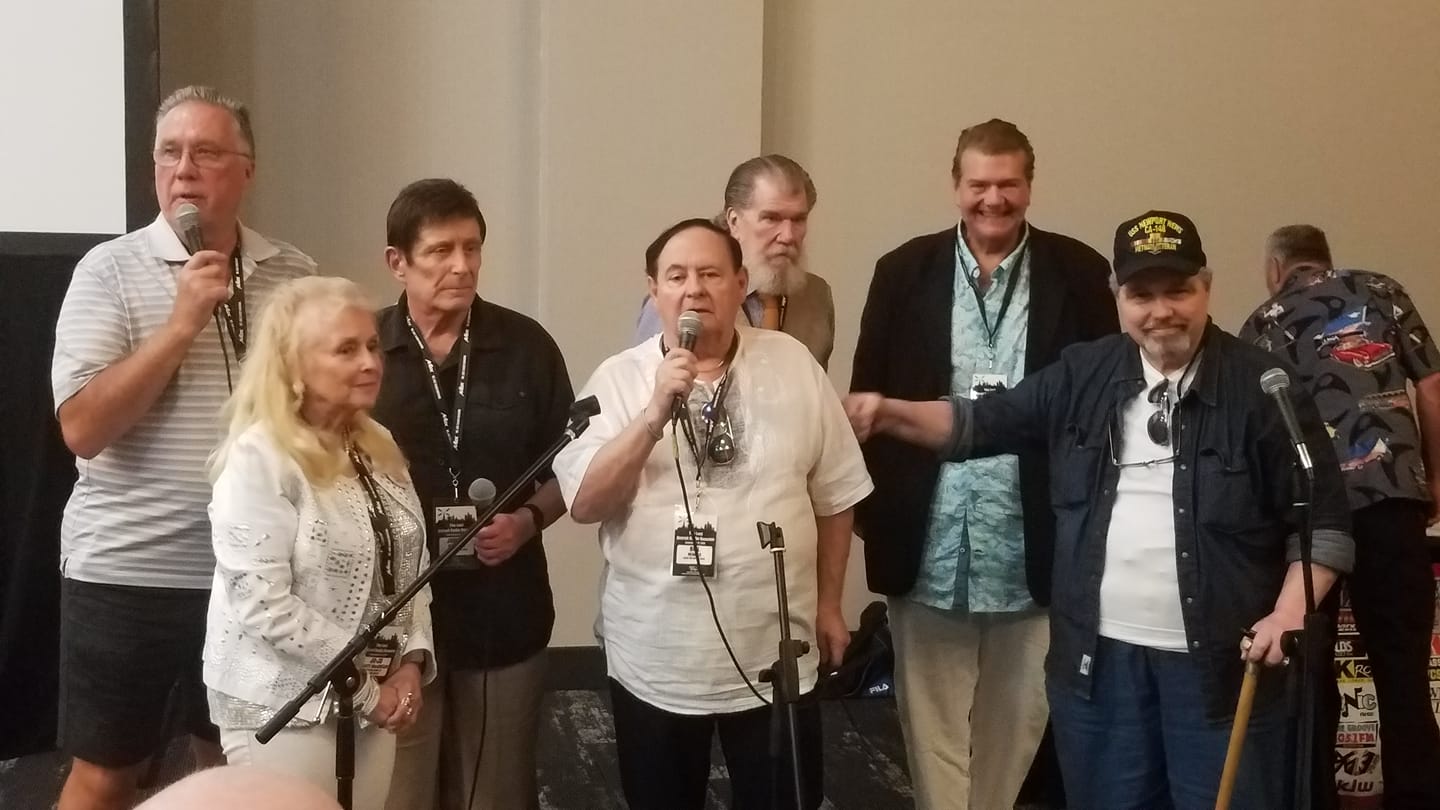
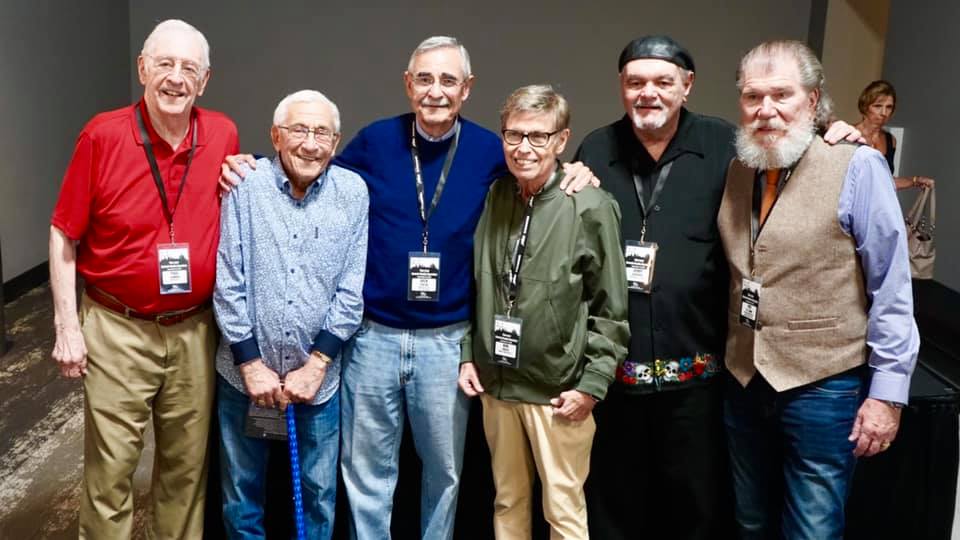


![]()
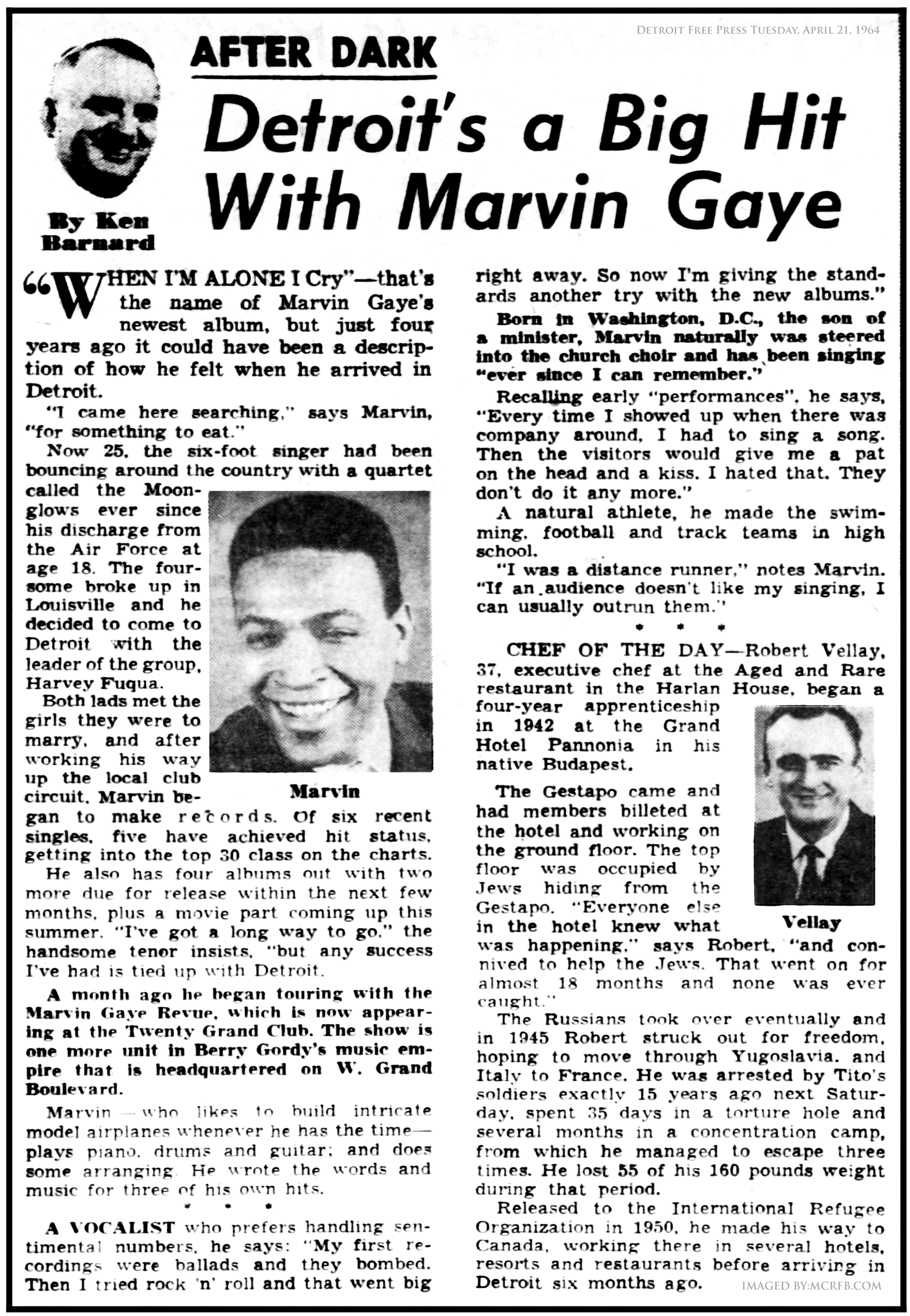
*****
The Detroit Free Press: ‘Detroit’s a Big Hit With Marvin Gaye’
___
Above article is courtesy freep.com newspaper archive. Copyright 2019. Newspapers.com.
The above featured ‘Motown’ newsprint article was clipped, saved, and imaged from the credited source by Motor City Radio Flashbacks
___
Missed any of our previous MOTOWN related news prints? GO HERE
On your mobile device? Tap over above newsprint image. Open to second window. “Stretch” image across your device screen to magnify for largest print view.
On your PC? Click on all images 2x for largest print view.
![]()
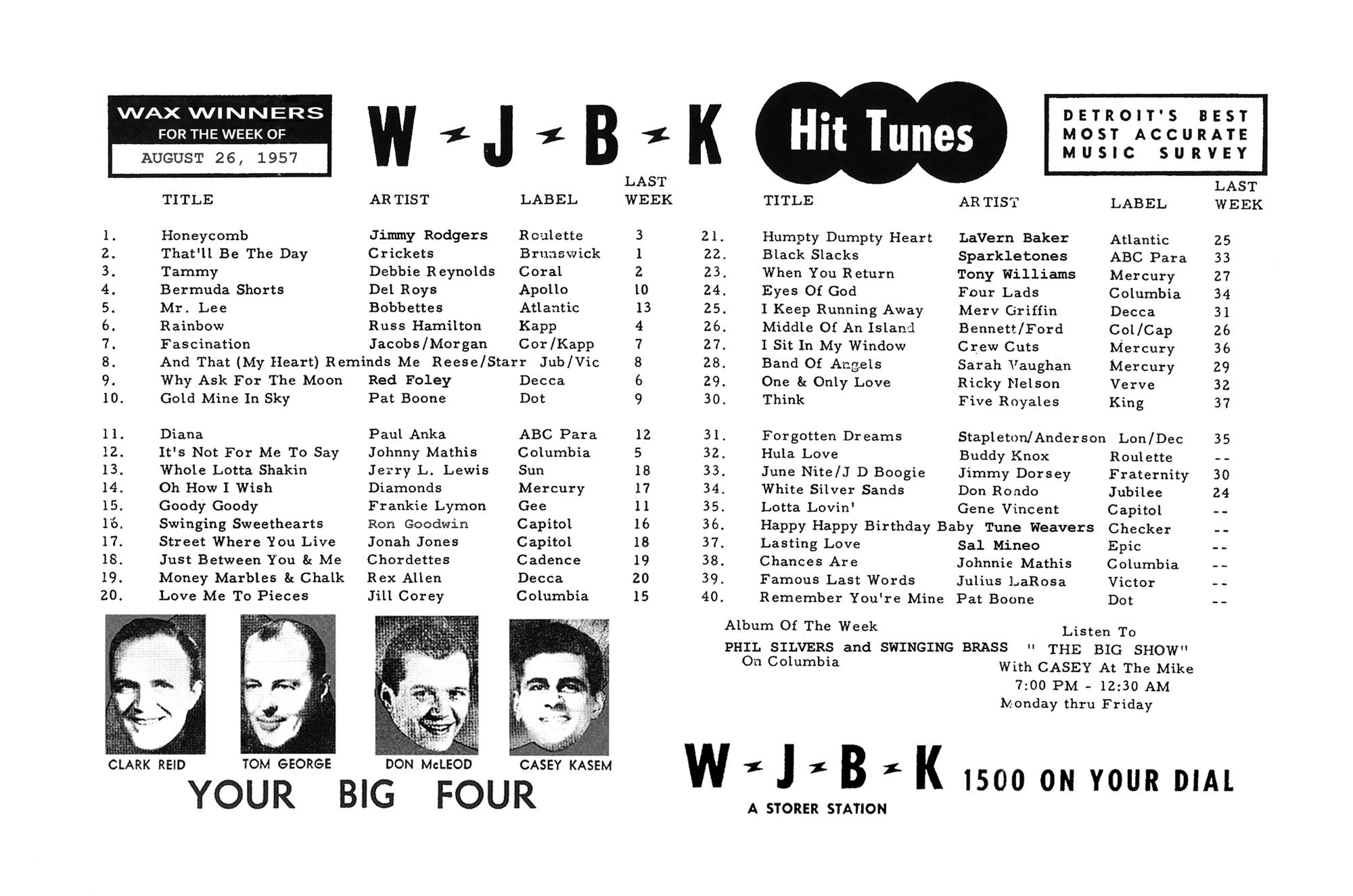
*****
The WJBK FORMULA 40 hits was compiled, tabulated and produced by Radio 1500’s Bob Martin and Rosemary McGann.
This survey was tabulated overall by each record’s popularity and its appeal, sales, listener requests and record airplays based on the judgement of WJBK Radio.
*****
Previewed for the week of August 26, 1957
Note: By year’s end, 1957, Casey Kasem was no longer at WJBK 1500. Kasem left Detroit for Buffalo’s WBNY, New York, in November 1957. To fill Kasem’s departure, Dan Baxter became the new replacement. Baxter was hired for the all-night shift on WJBK.
A MCRFB VIEWING TIP
ON YOUR PC? To fully appreciate this WJBK Formula 40 Music Survey for the week of August 26, 1957 chart feature click on image 2x and open to second window. Click image anytime to return to NORMAL image size.
Click your server’s back button to return to MCRFB home page.
On your mobile device? Tap on chart image. Open to second window. “Stretch” chart across your device screen to magnify for largest print view.
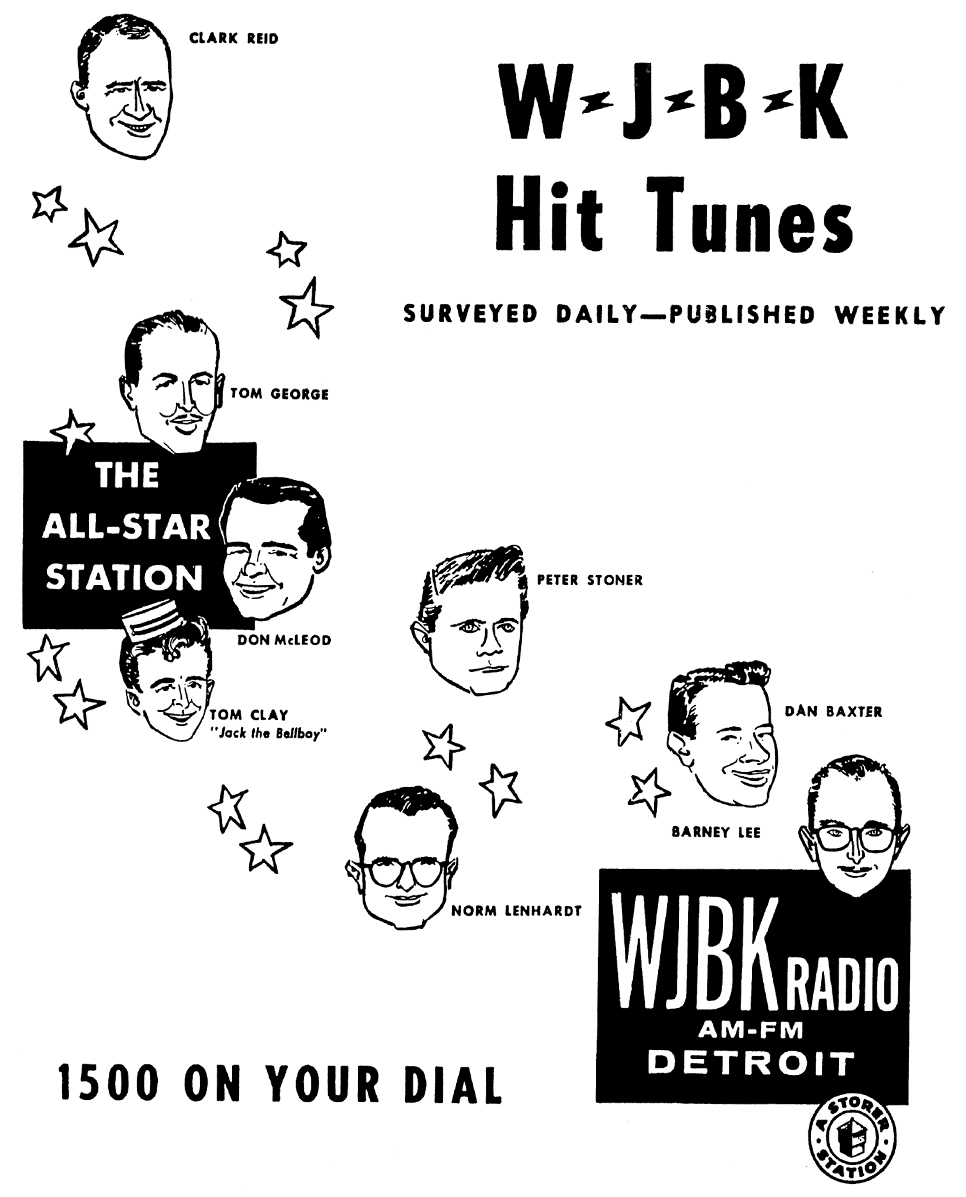
— In Memory of George Griggs —
___
Above WJBK music chart courtesy of Mrs. Patti Griggs and the George L. Griggs estate.
![]()
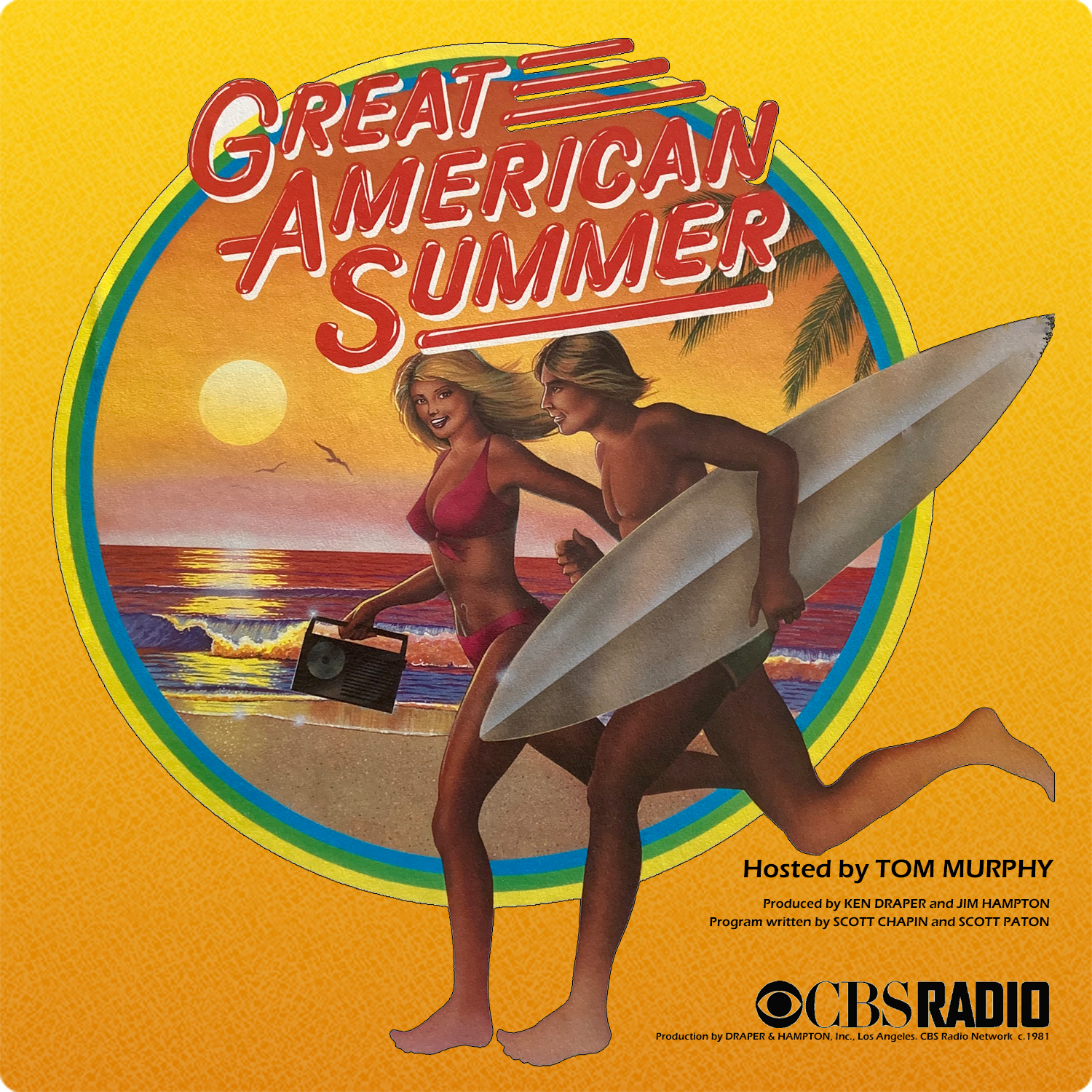

PRODUCED BY JIM HAMPTON. DRAPER & HAMPTON, INC., LOS ANGELES
Syndicated around the nation on the CBS Radio Network some thirty-eight years ago, Jim Hampton (WXYZ, WABX, WJBK, WCAR) recently pulled this special programming from his radio archives and provided this site with 6 hours of the ‘Great American Summer’ shows he produced in the early-1980s.
In these programs you will hear great memories, events, and many of the hits by artists whose records were heard playing on the radio during the summer months the year they were released.
Jim Hampton and Ken Draper (WCAR, WCFL;Chicago) — Draper & Hampton, Inc., Los Angeles — produced this special summer programming for the CBS Radio Network.
The opening theme song was sung by, written and produced by production director Scott Chapin. Special programming features written by assistant writer, Scott Paton.
Program hosted by the great Tom Murphy (WCFL)
Motor City Radio Flashbacks will feature more of CBS’ ‘Great American Summer’ throughout the 2019 summer months.
So look for them here (there is one hour left to go) . . . . meanwhile, enjoy what remains left of this summer. It is almost over! ?
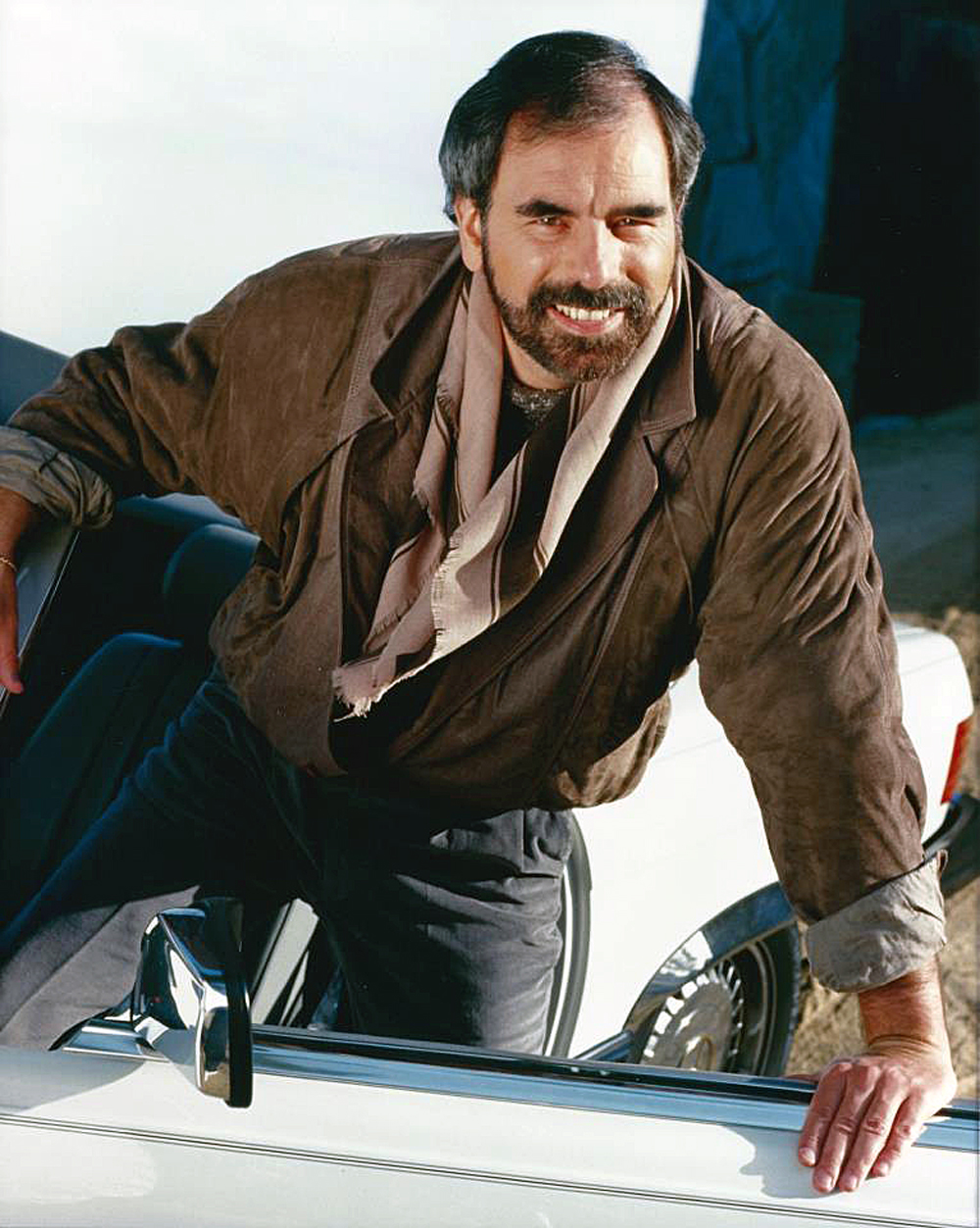
Featured today the 5th of 6 memorable pops of the ‘Great American Summer’
Missed our 4th installment of the ‘Great American Summer’? GO HERE
A special THANK YOU to Jim Hampton (Palm Springs, CA) for sharing this CBS summer radio summertime memory with Motor City Radio Flashbacks!
![]()